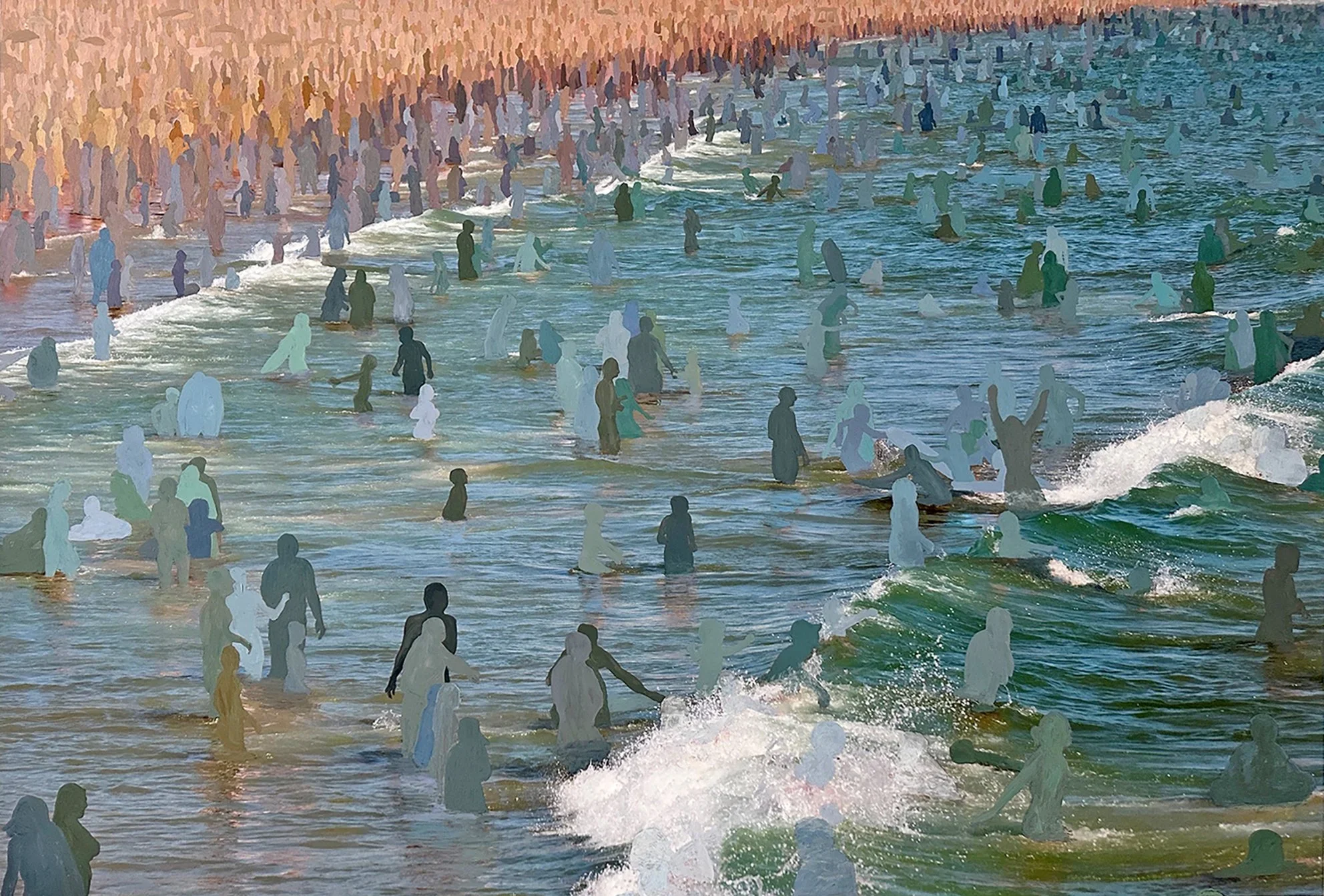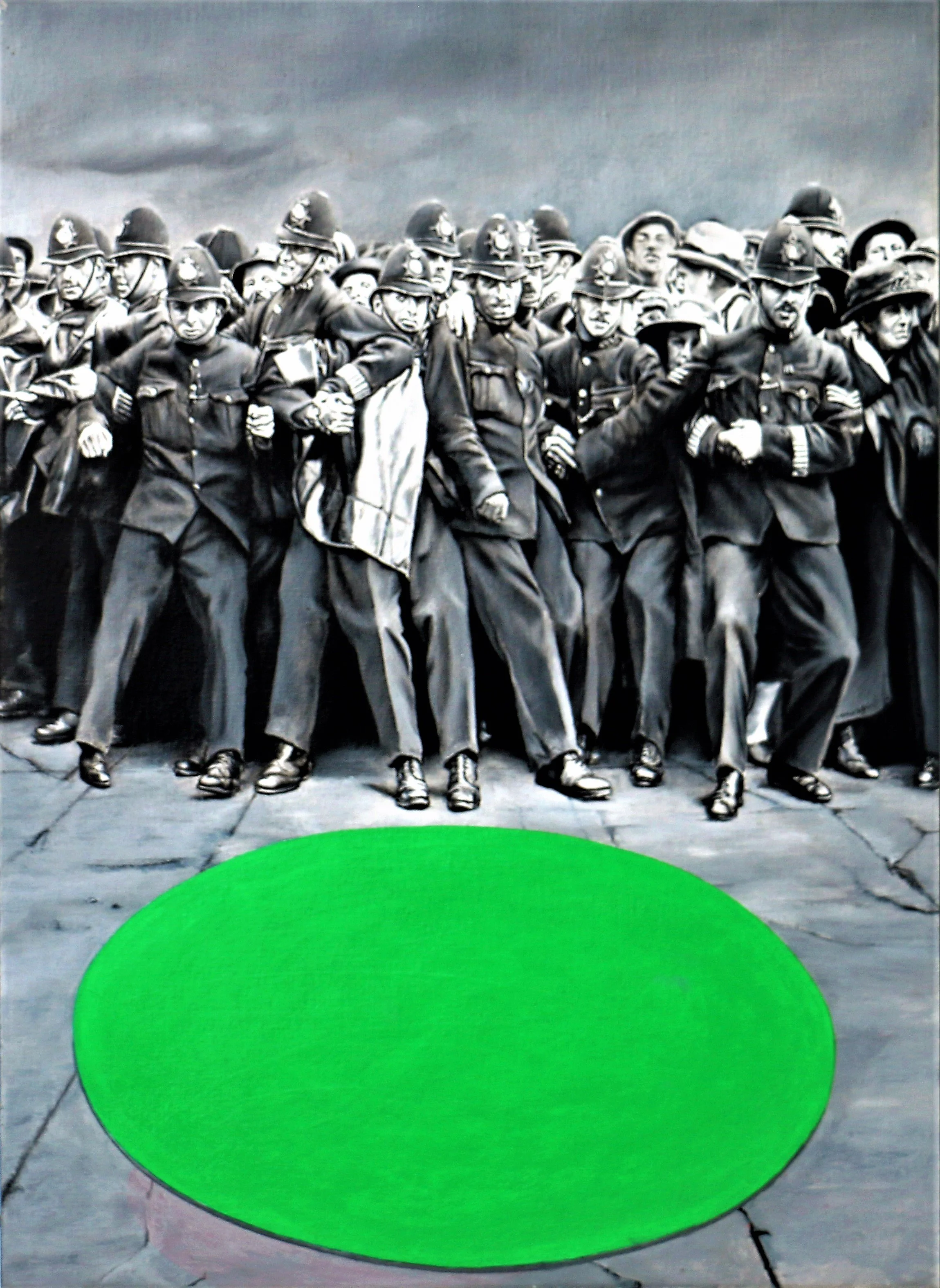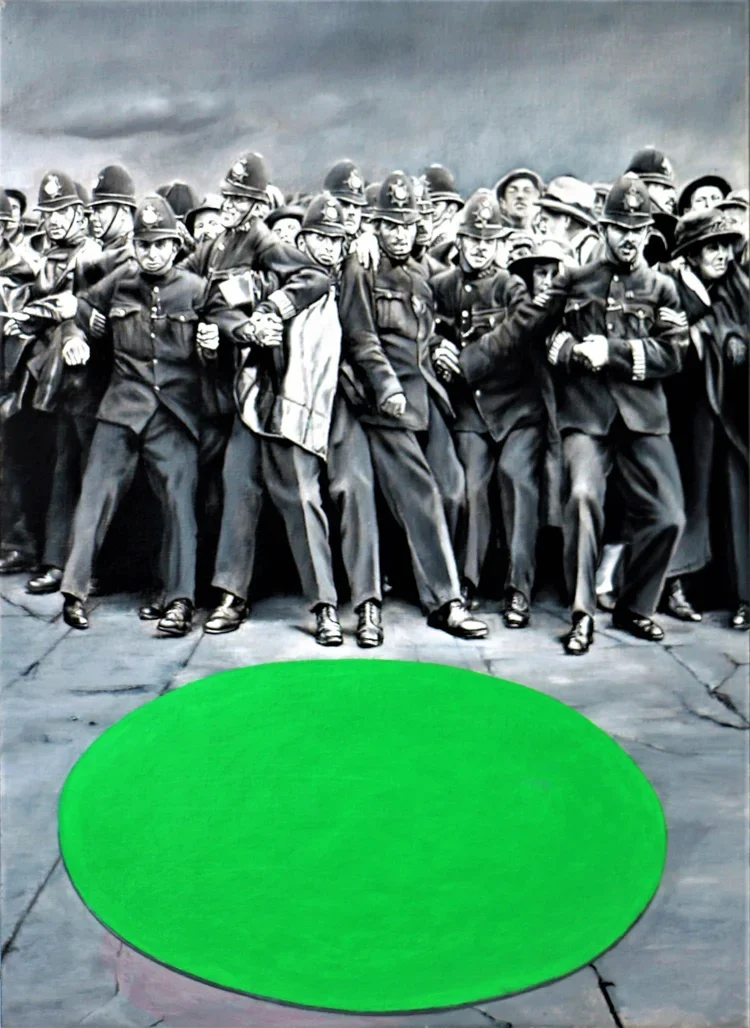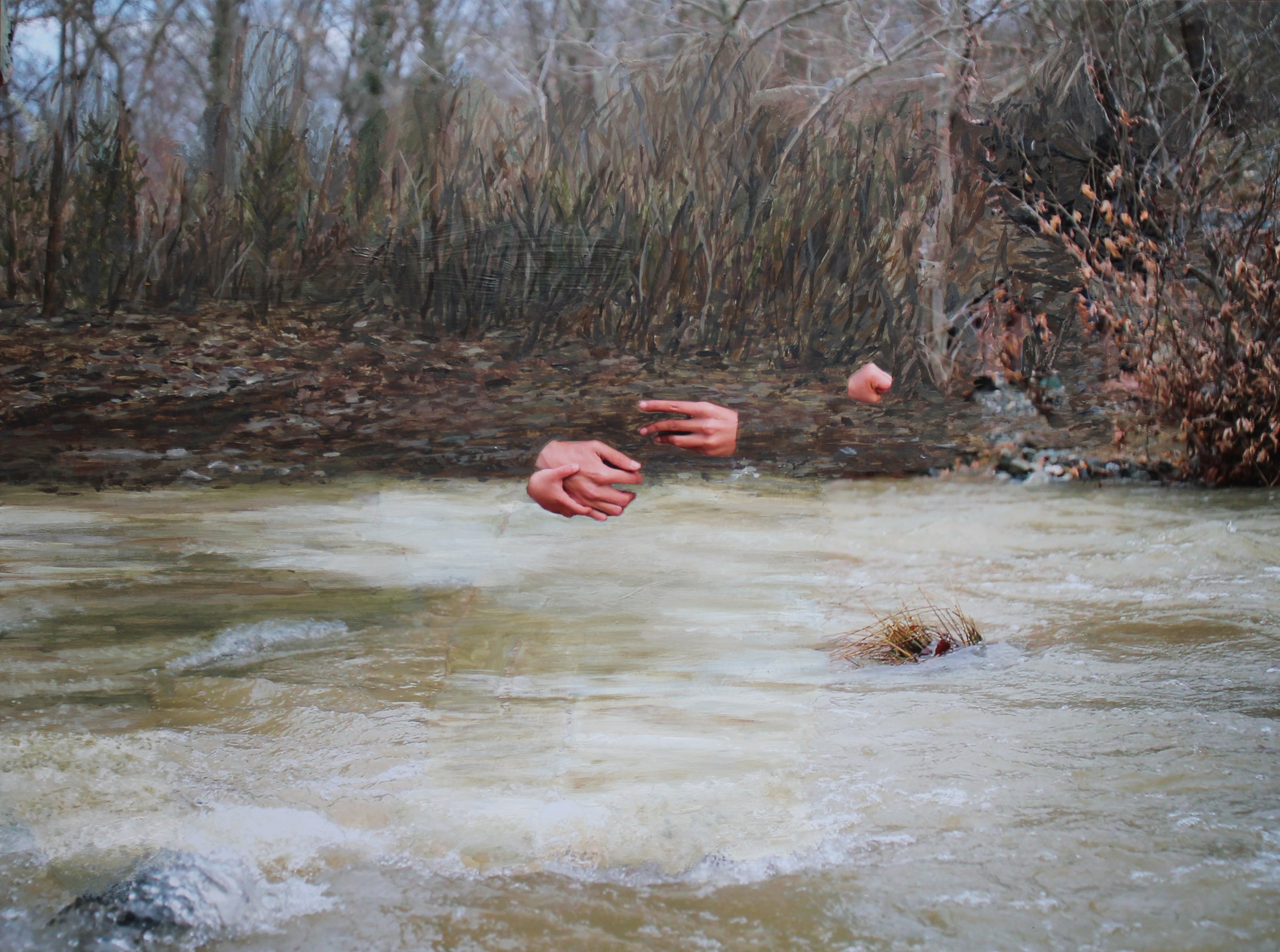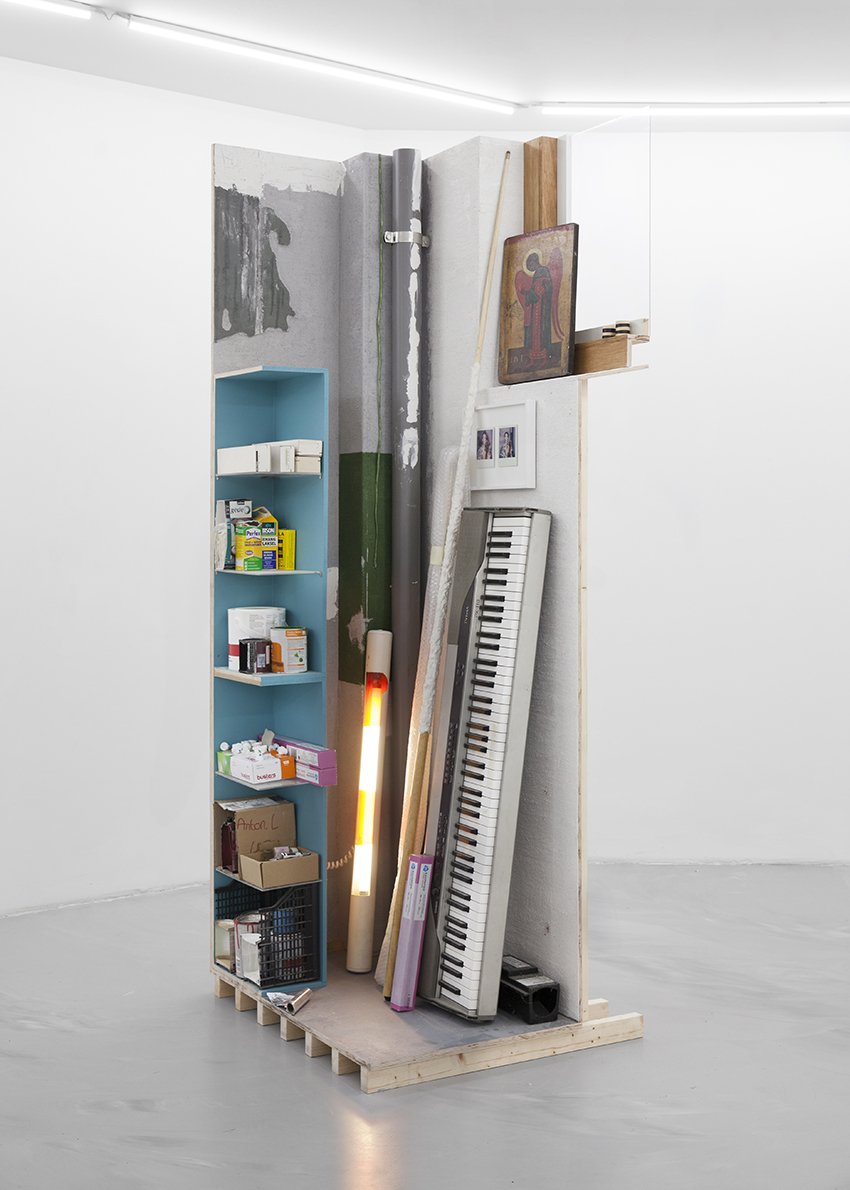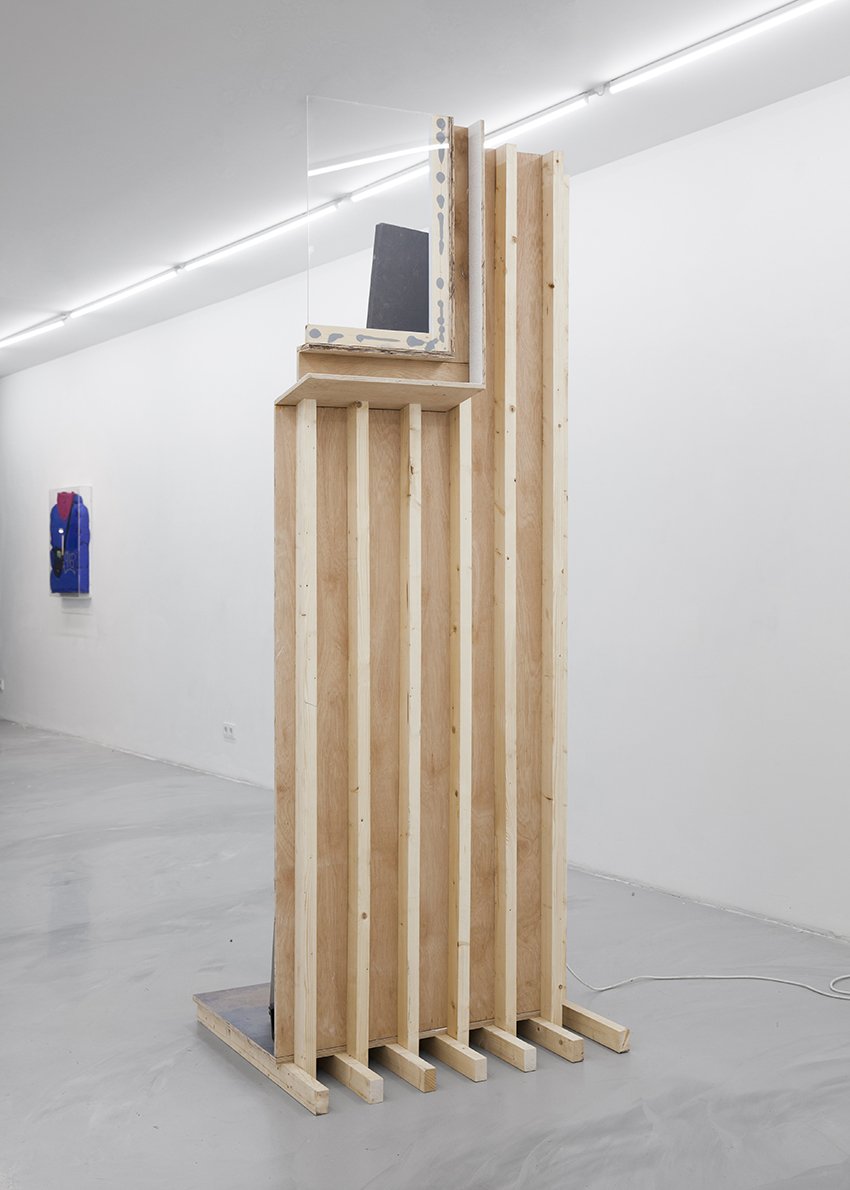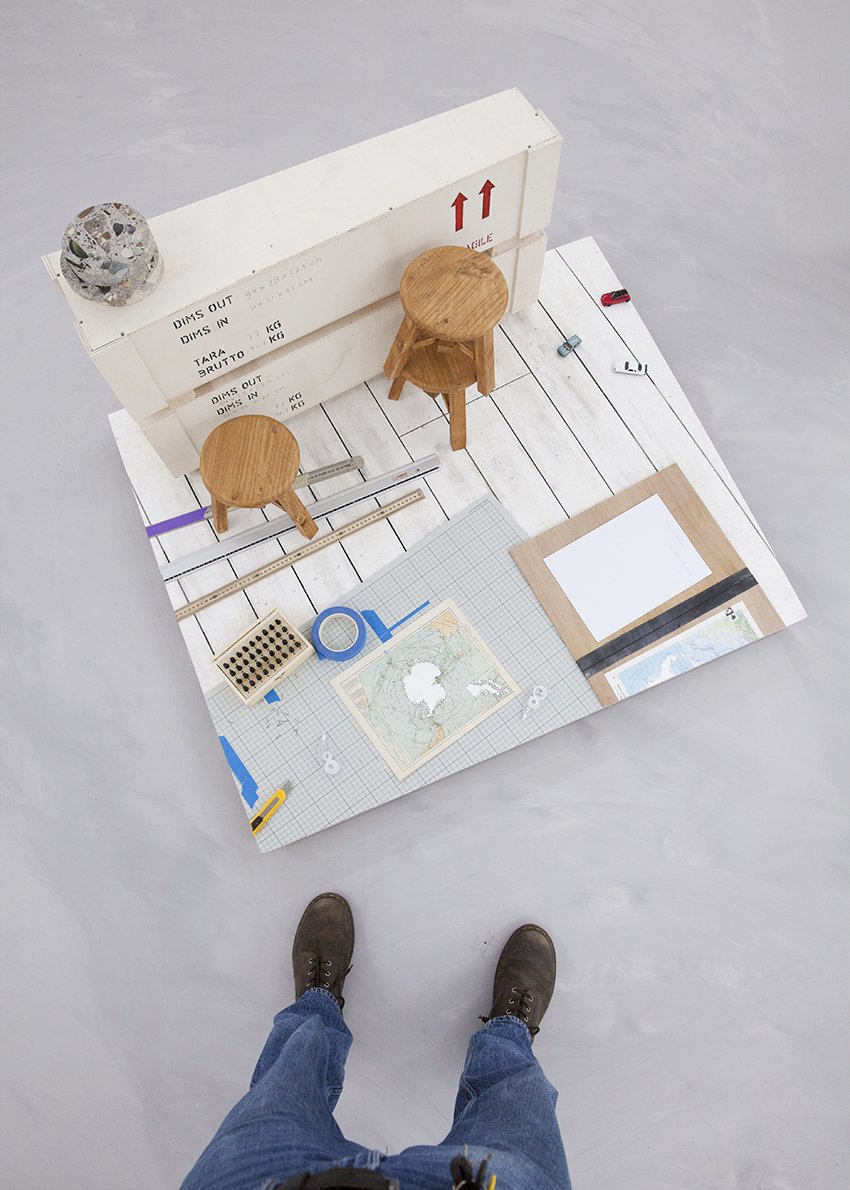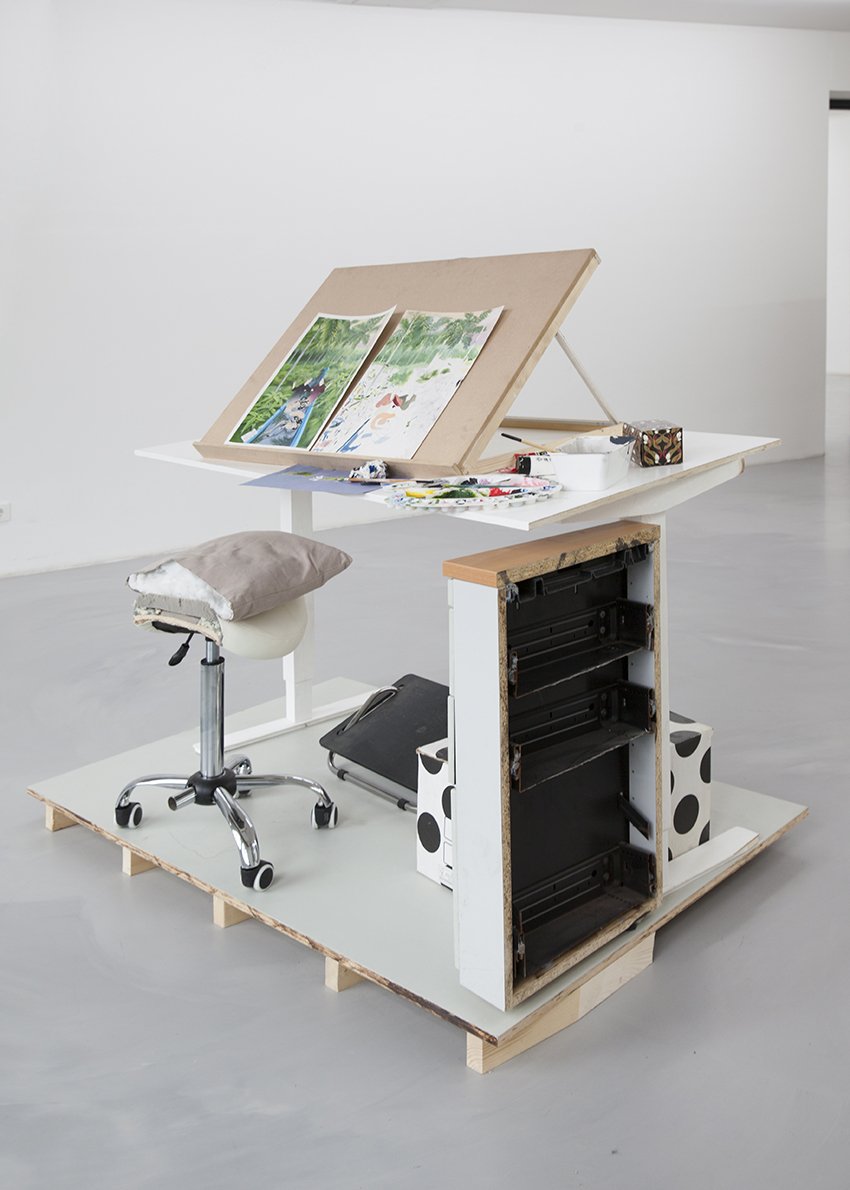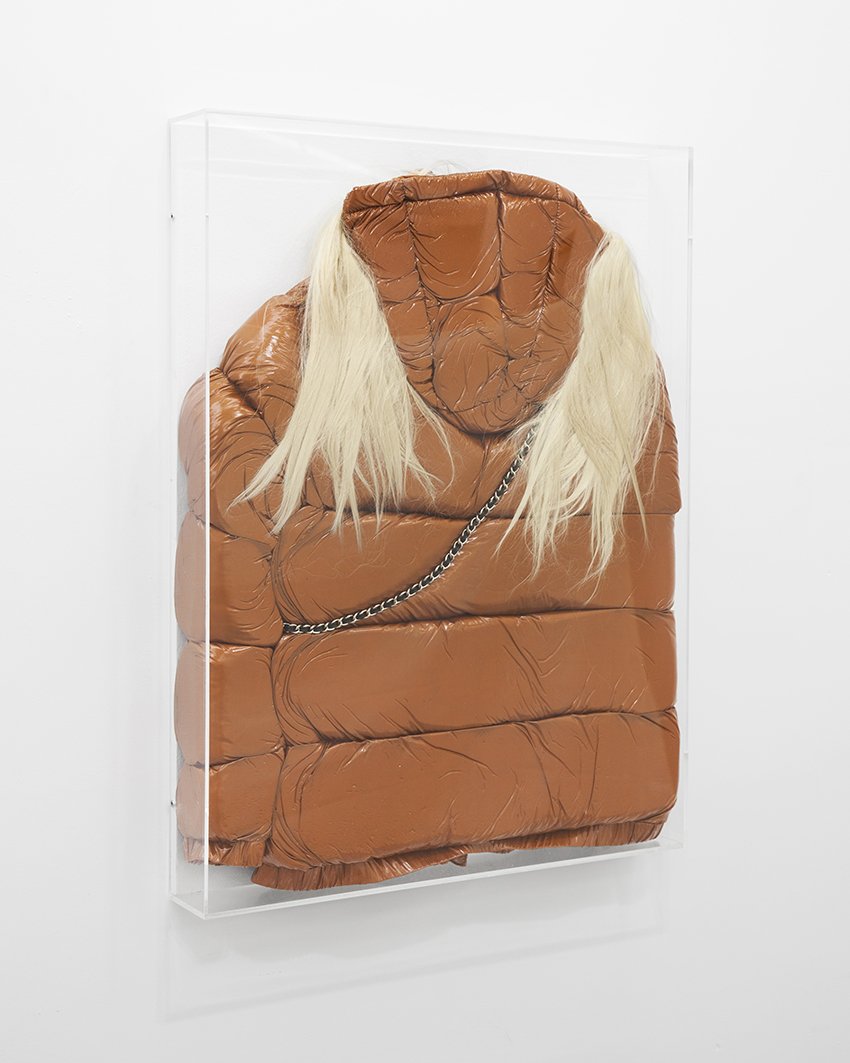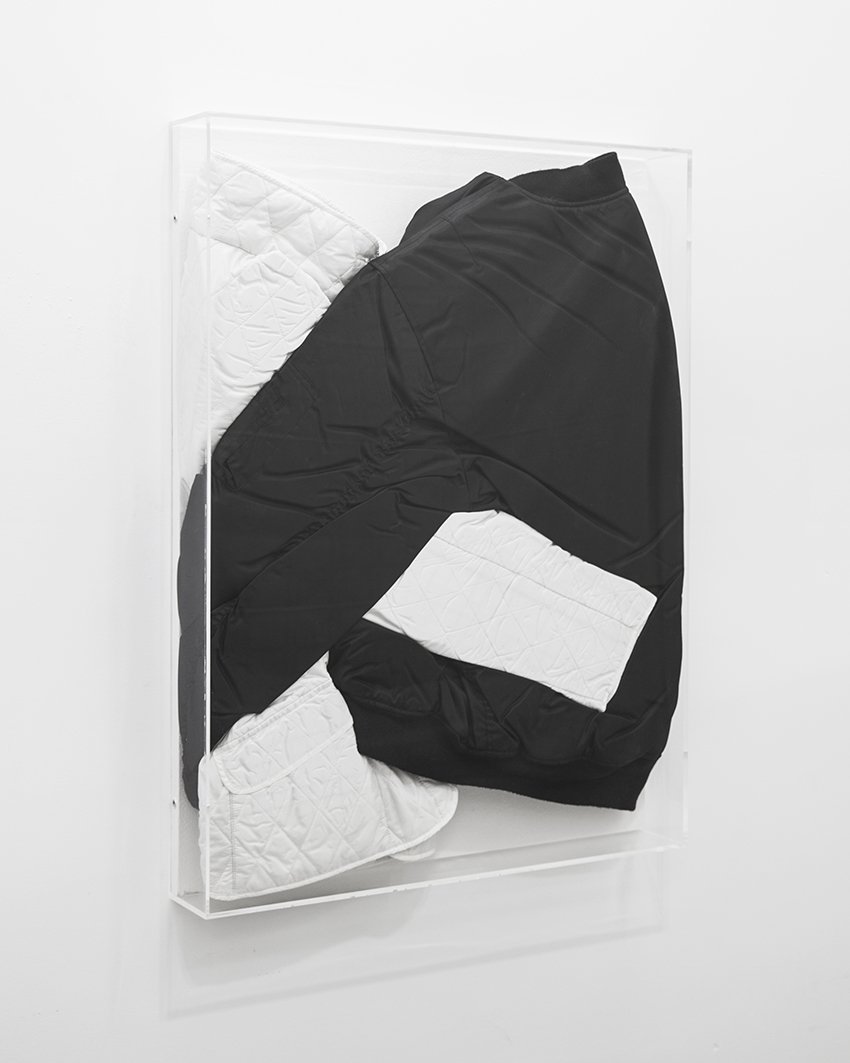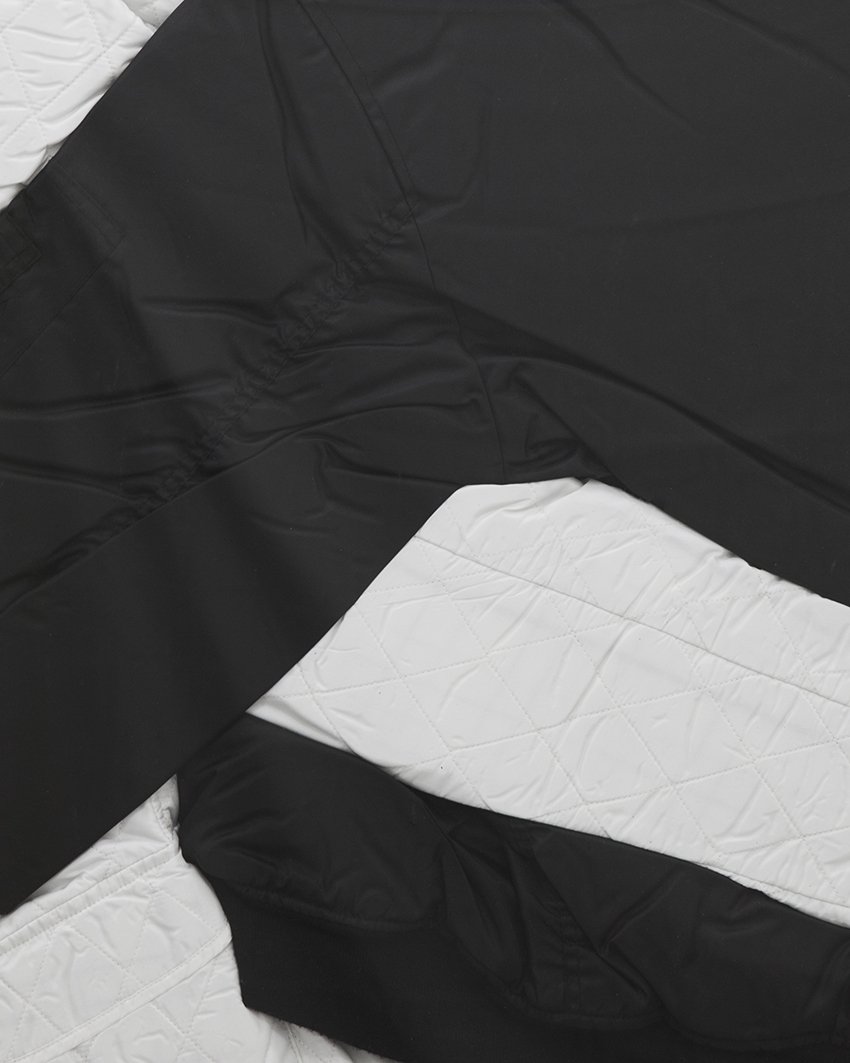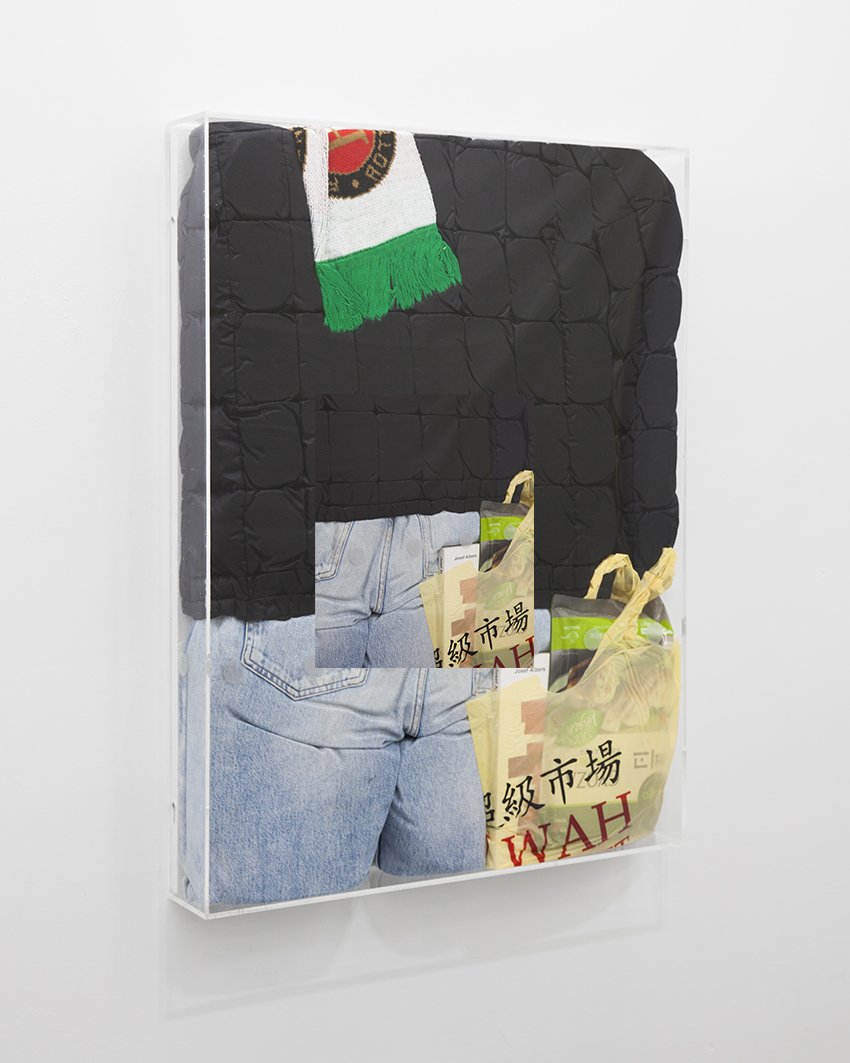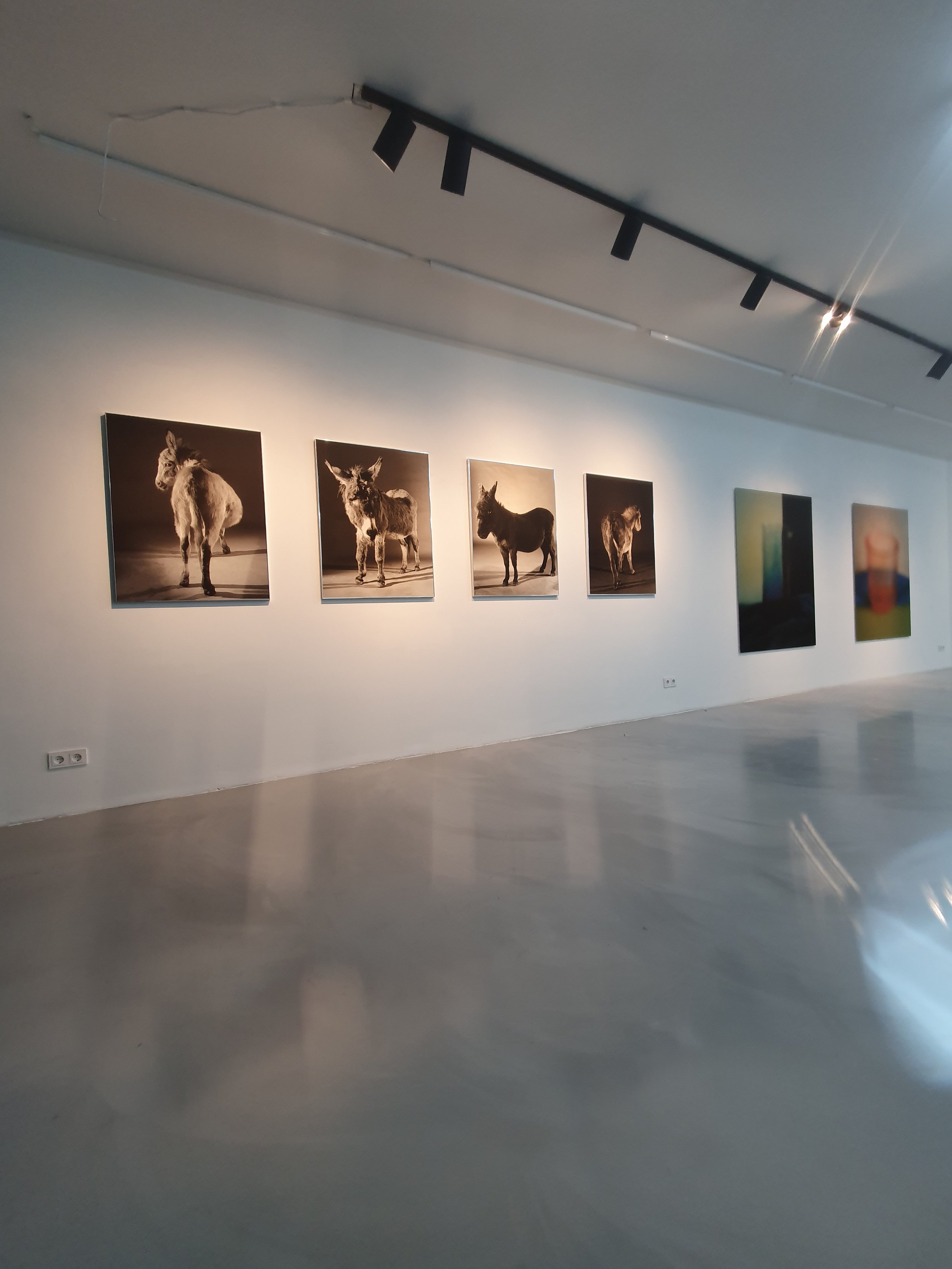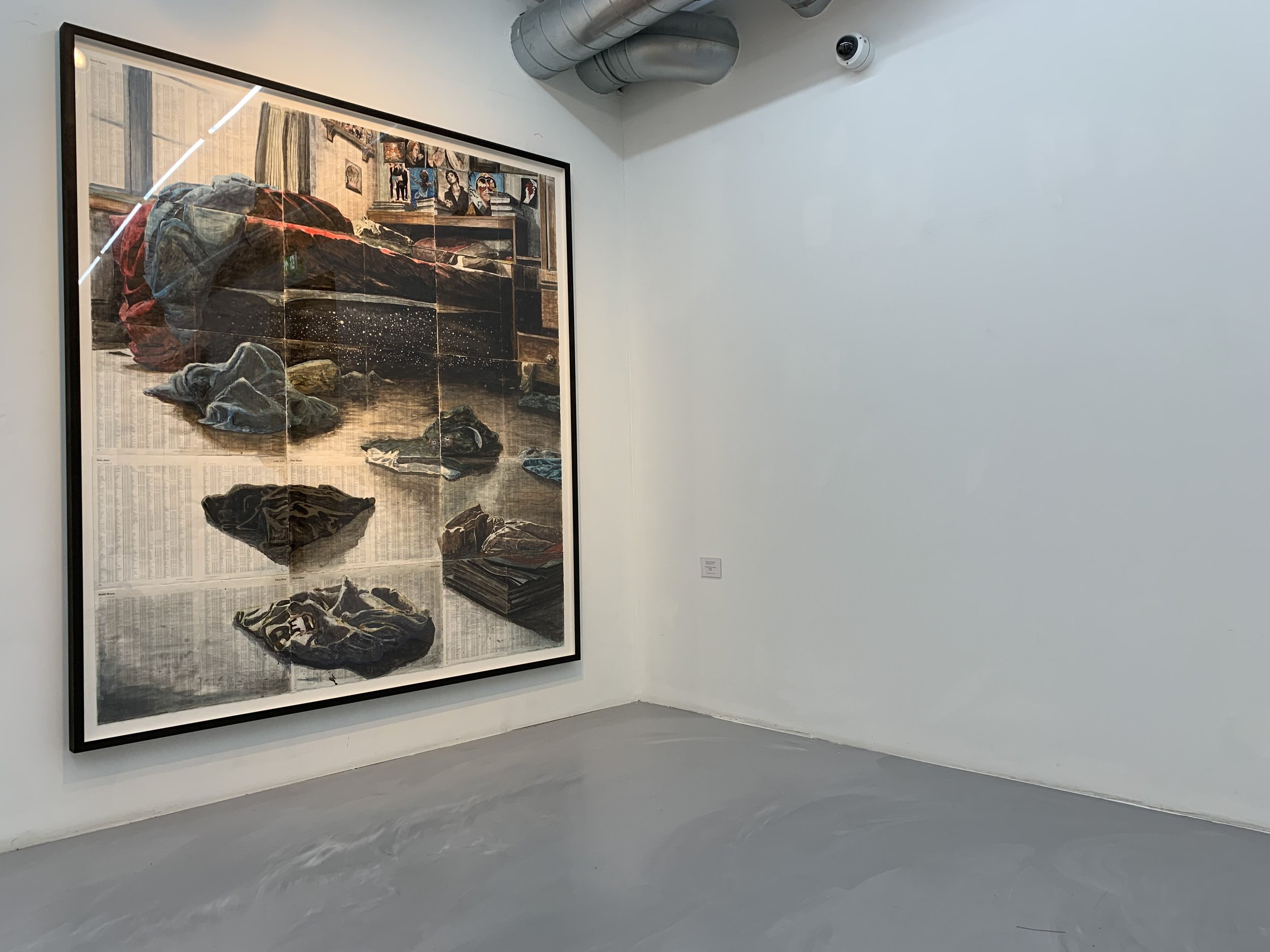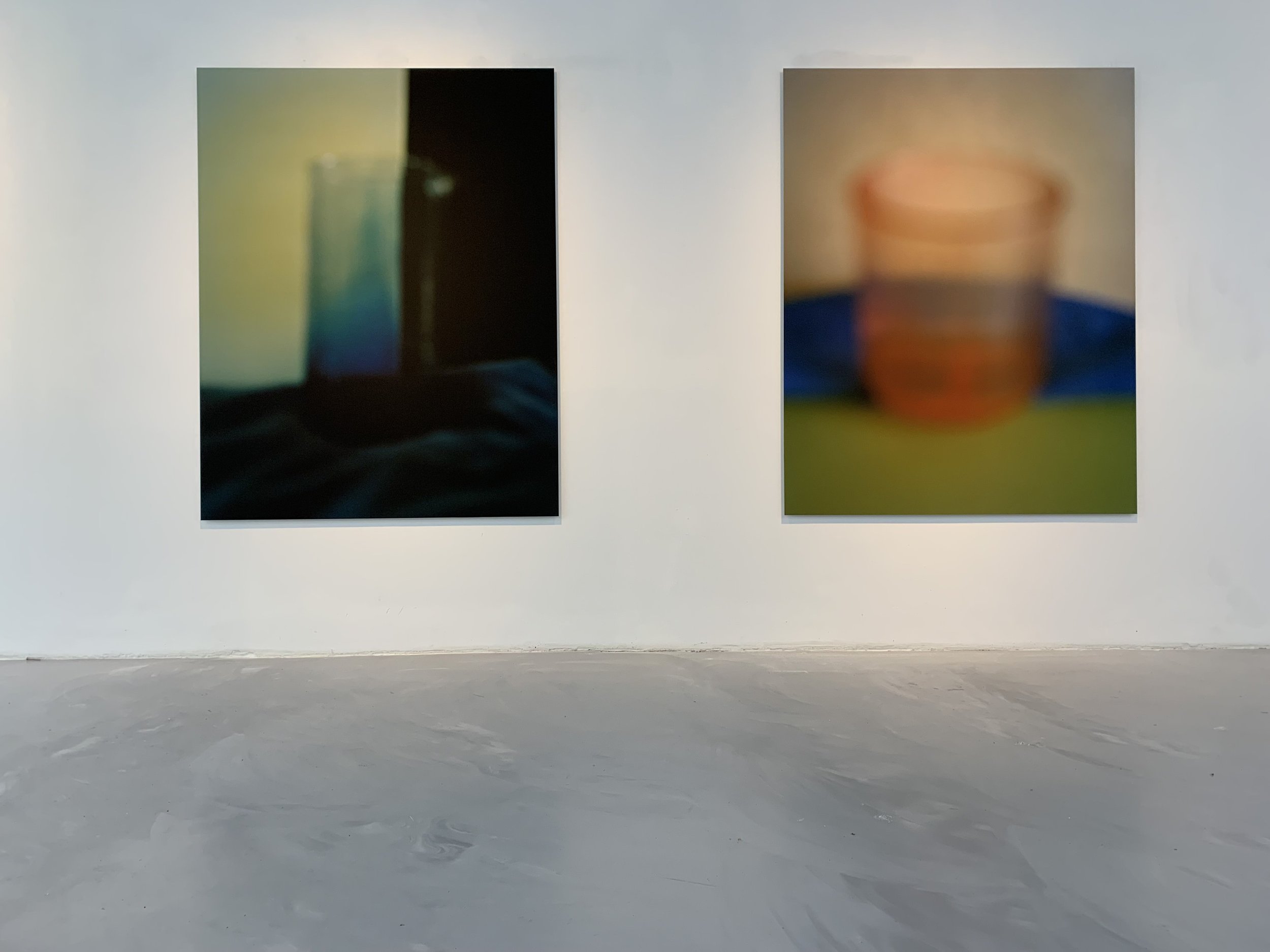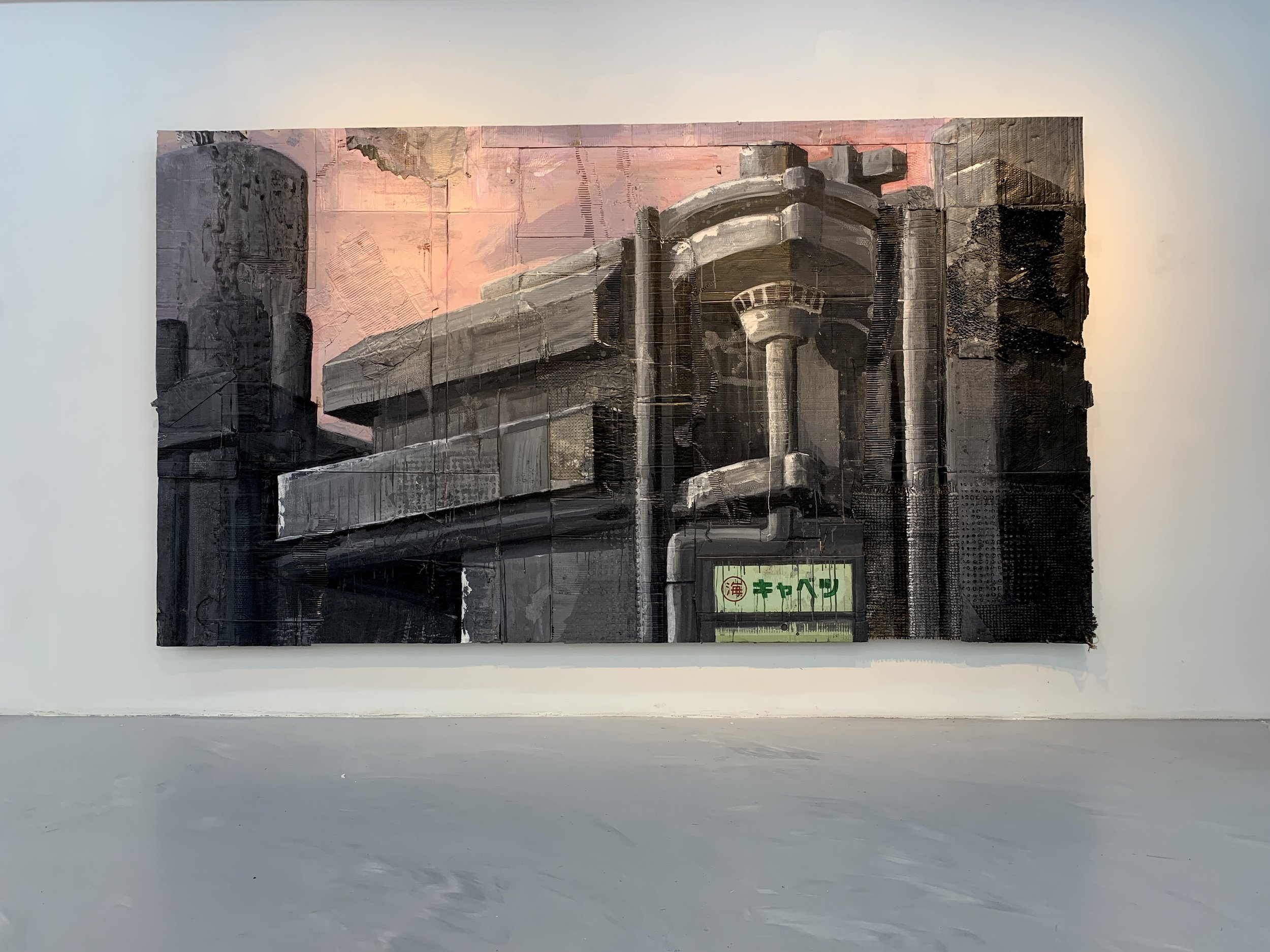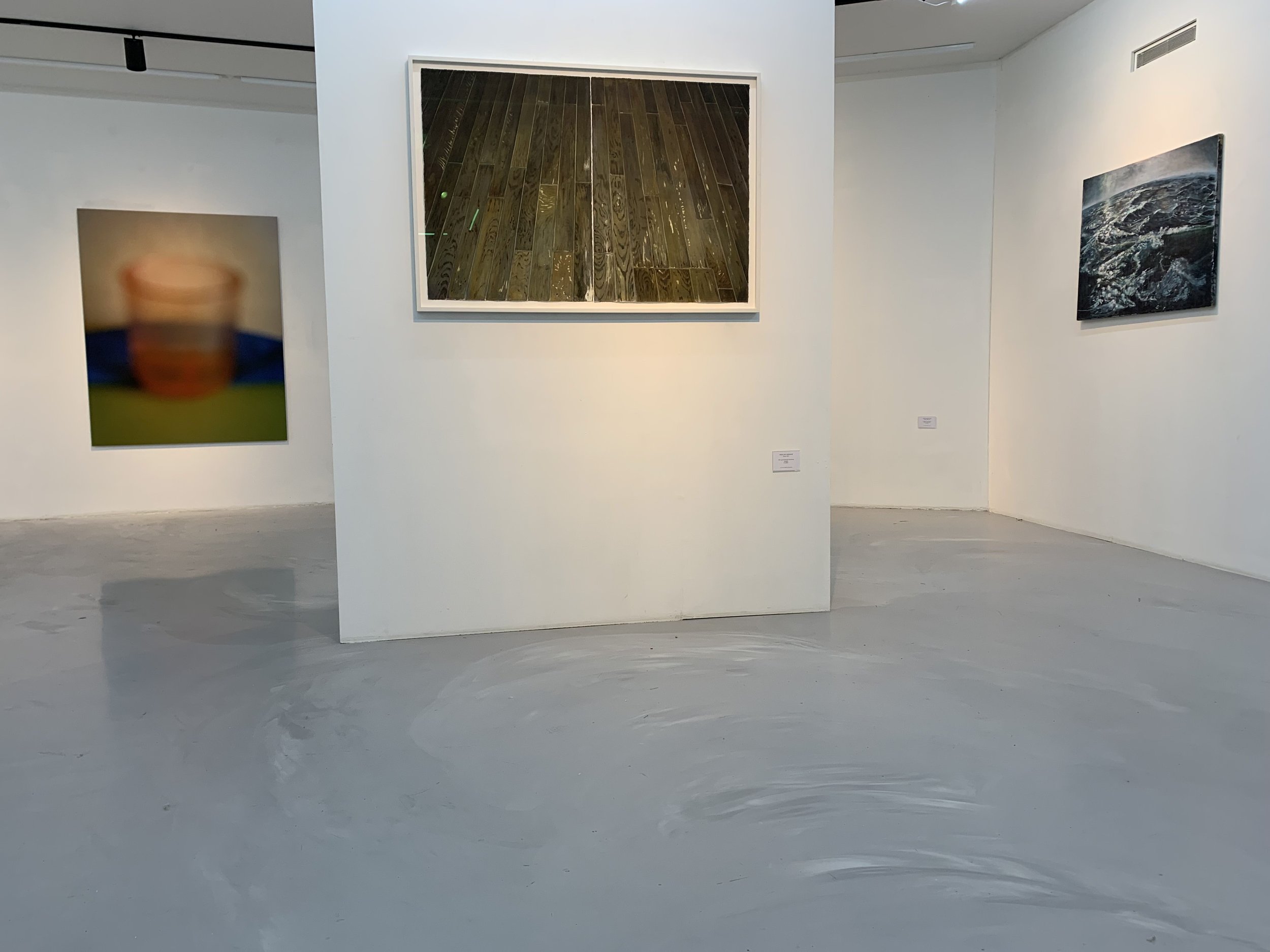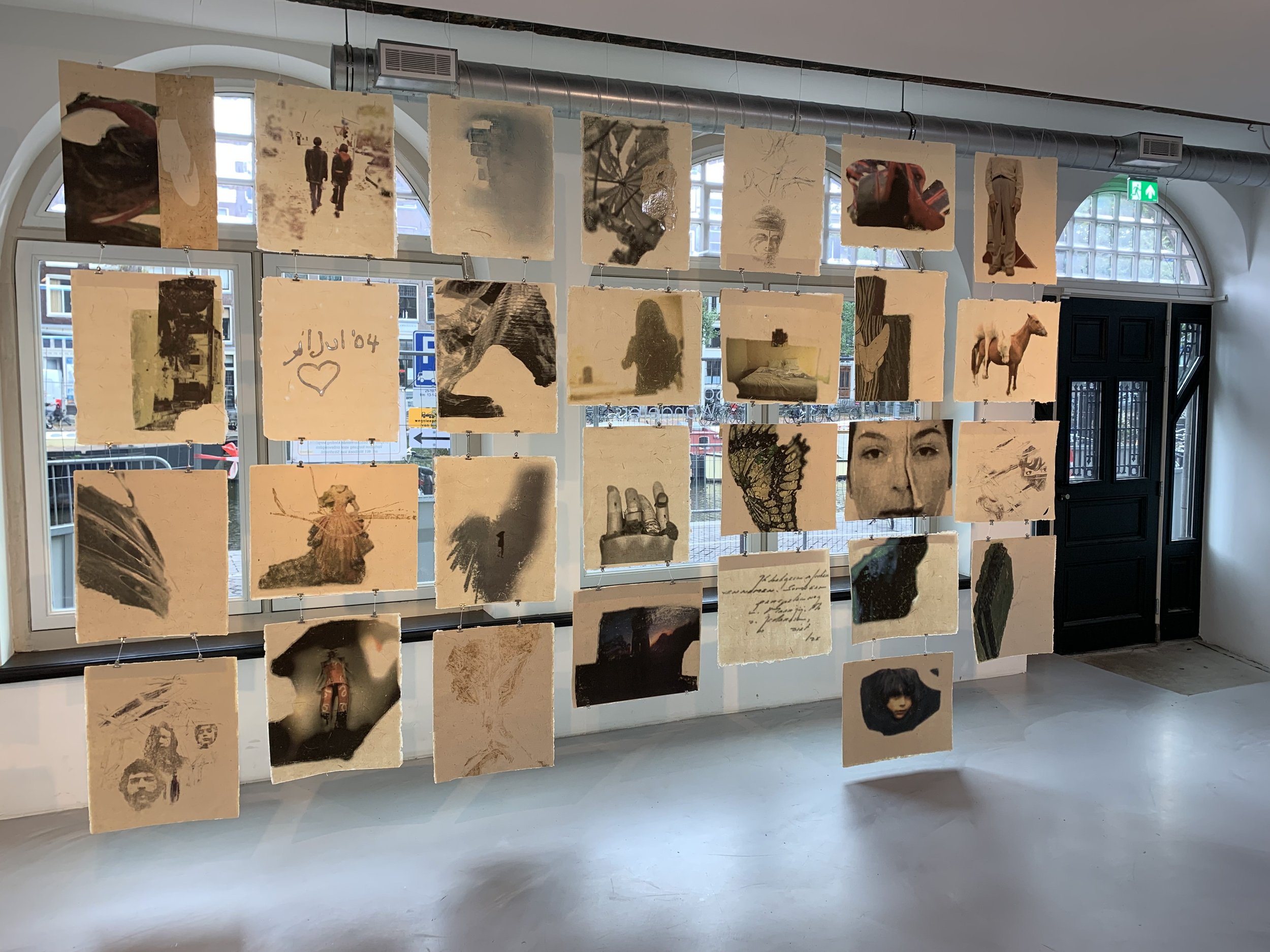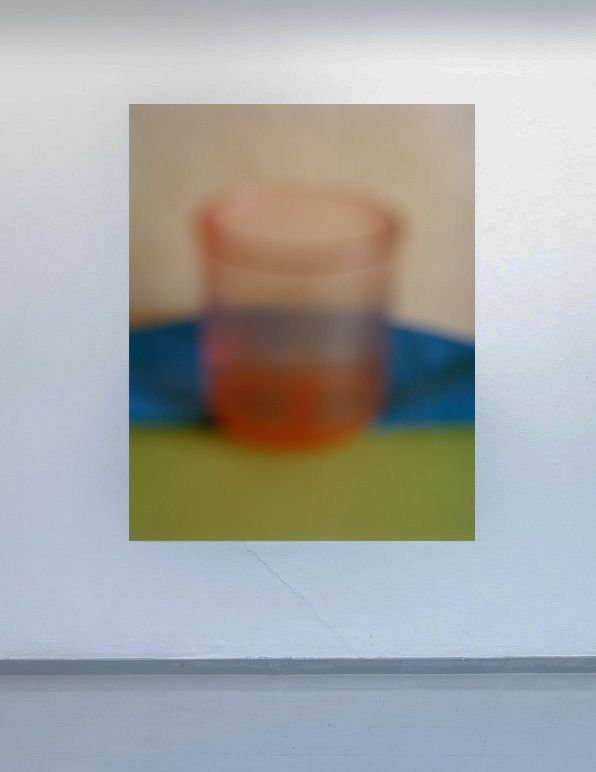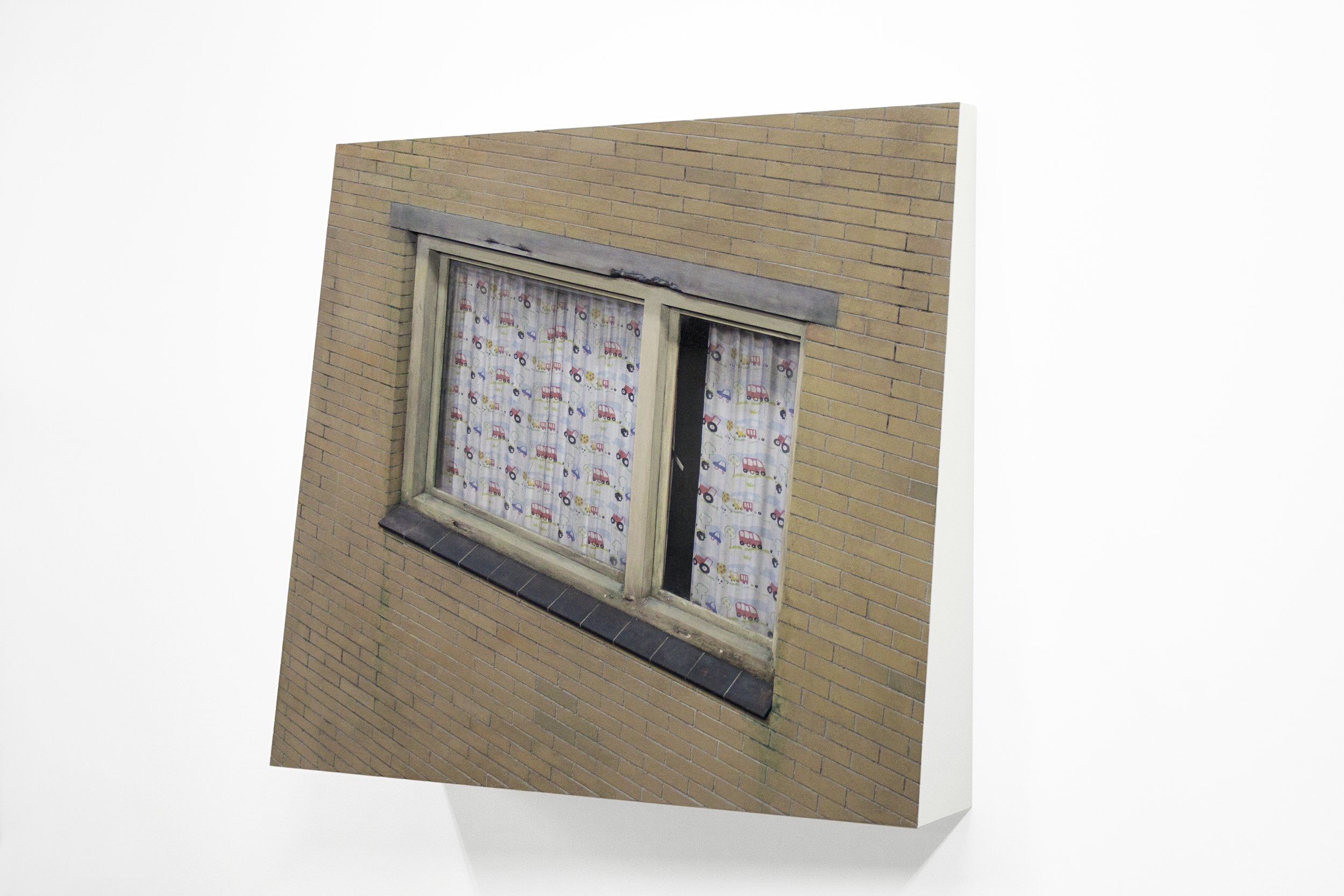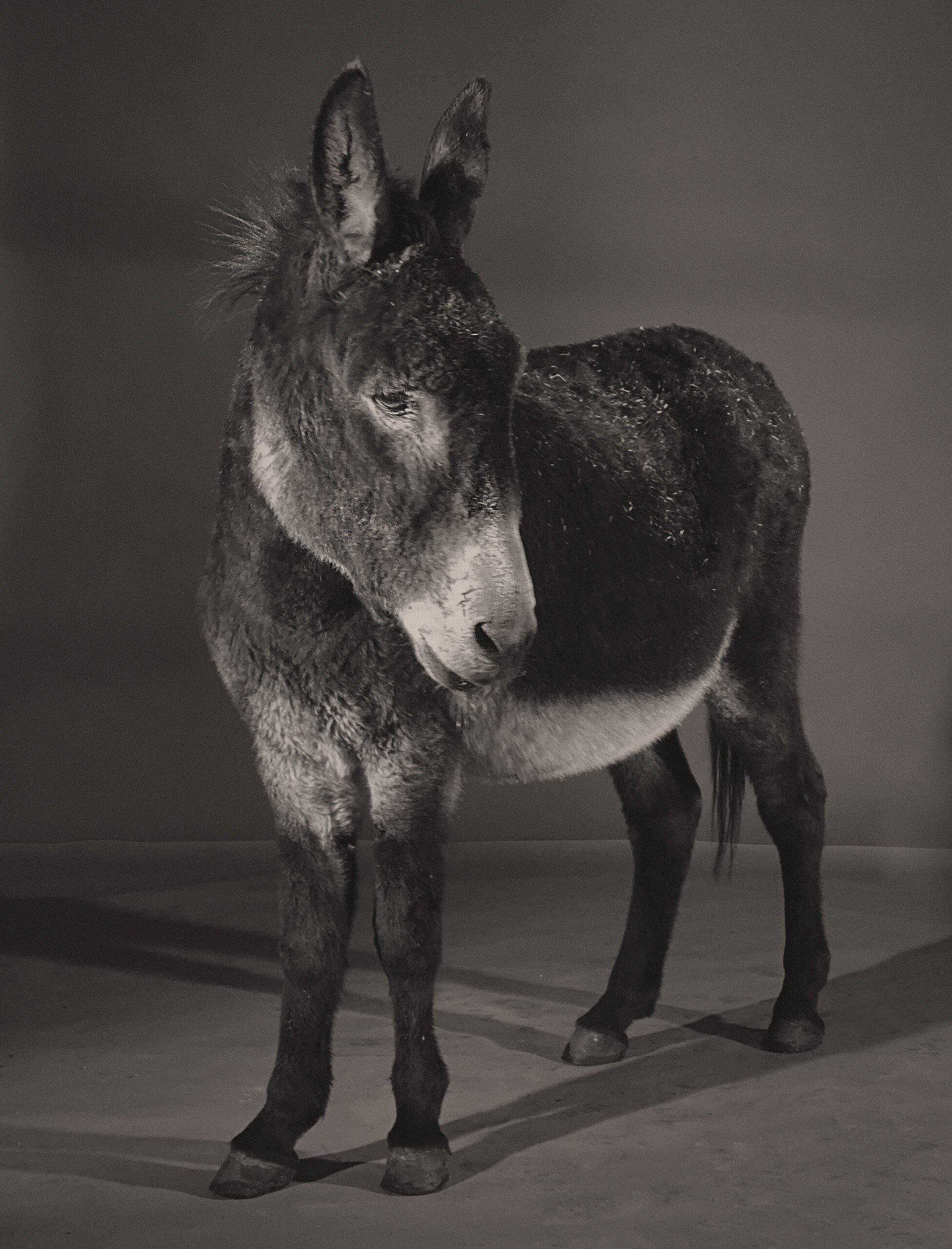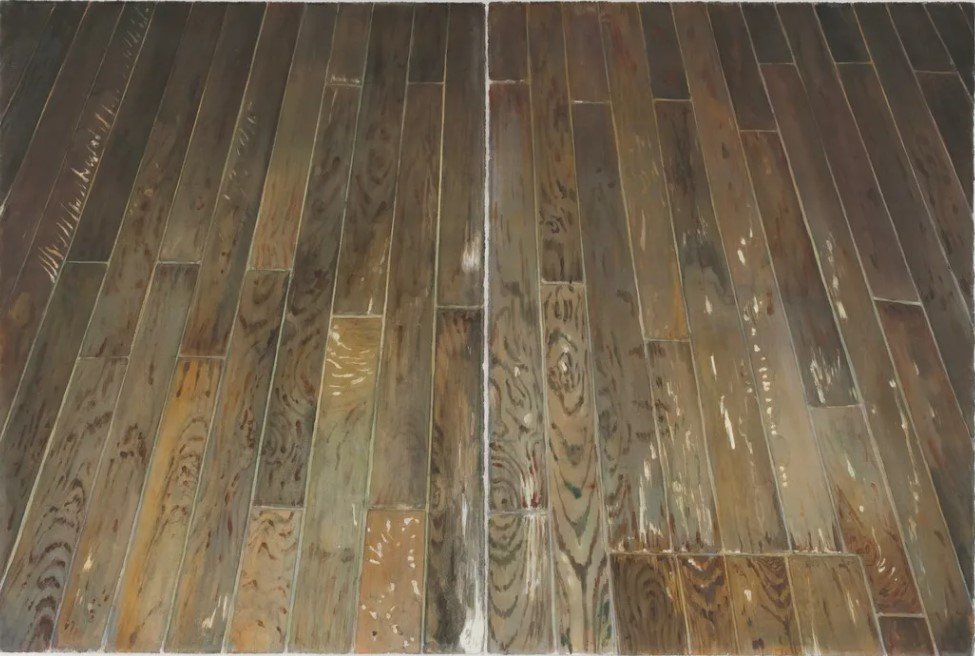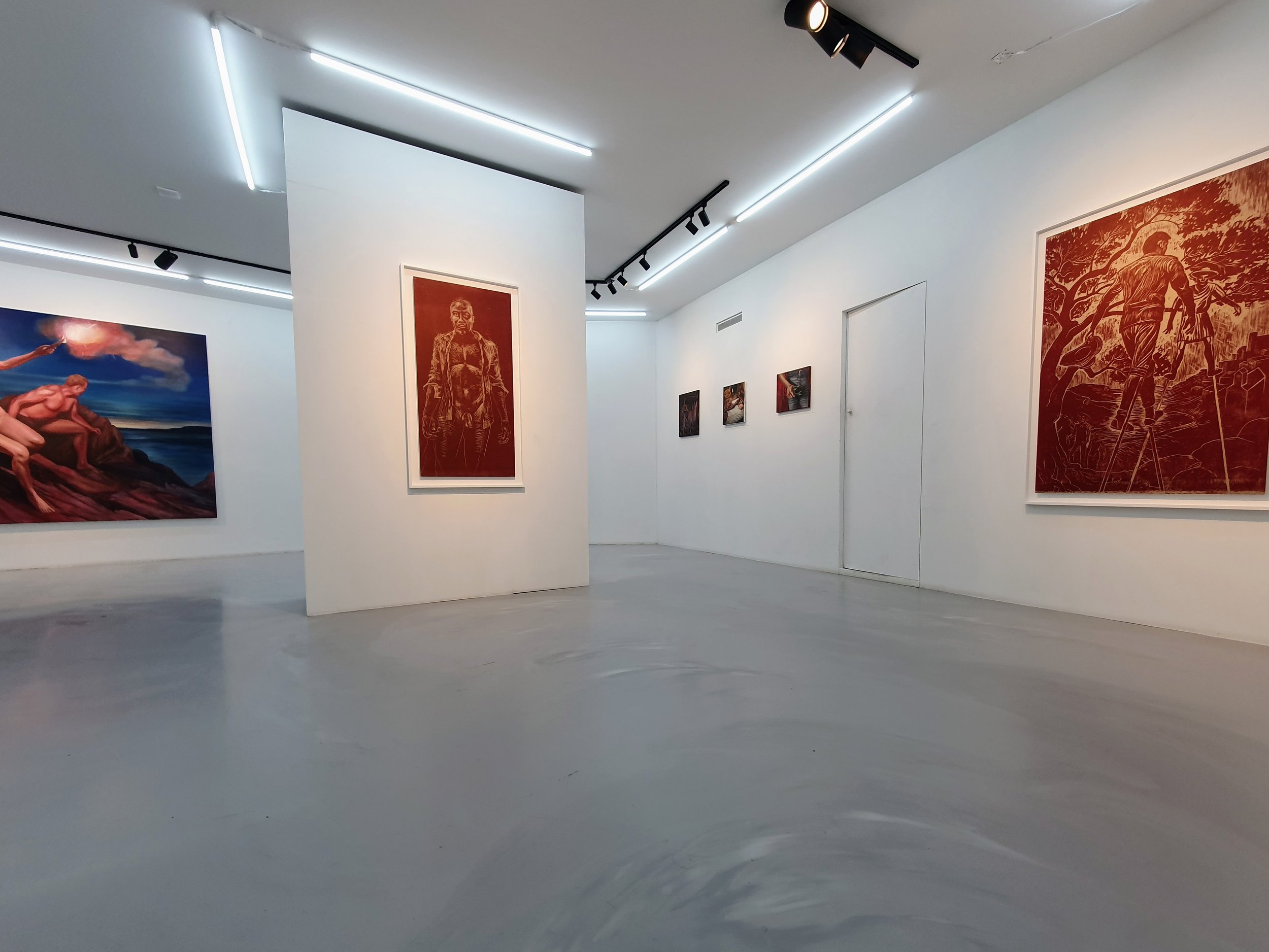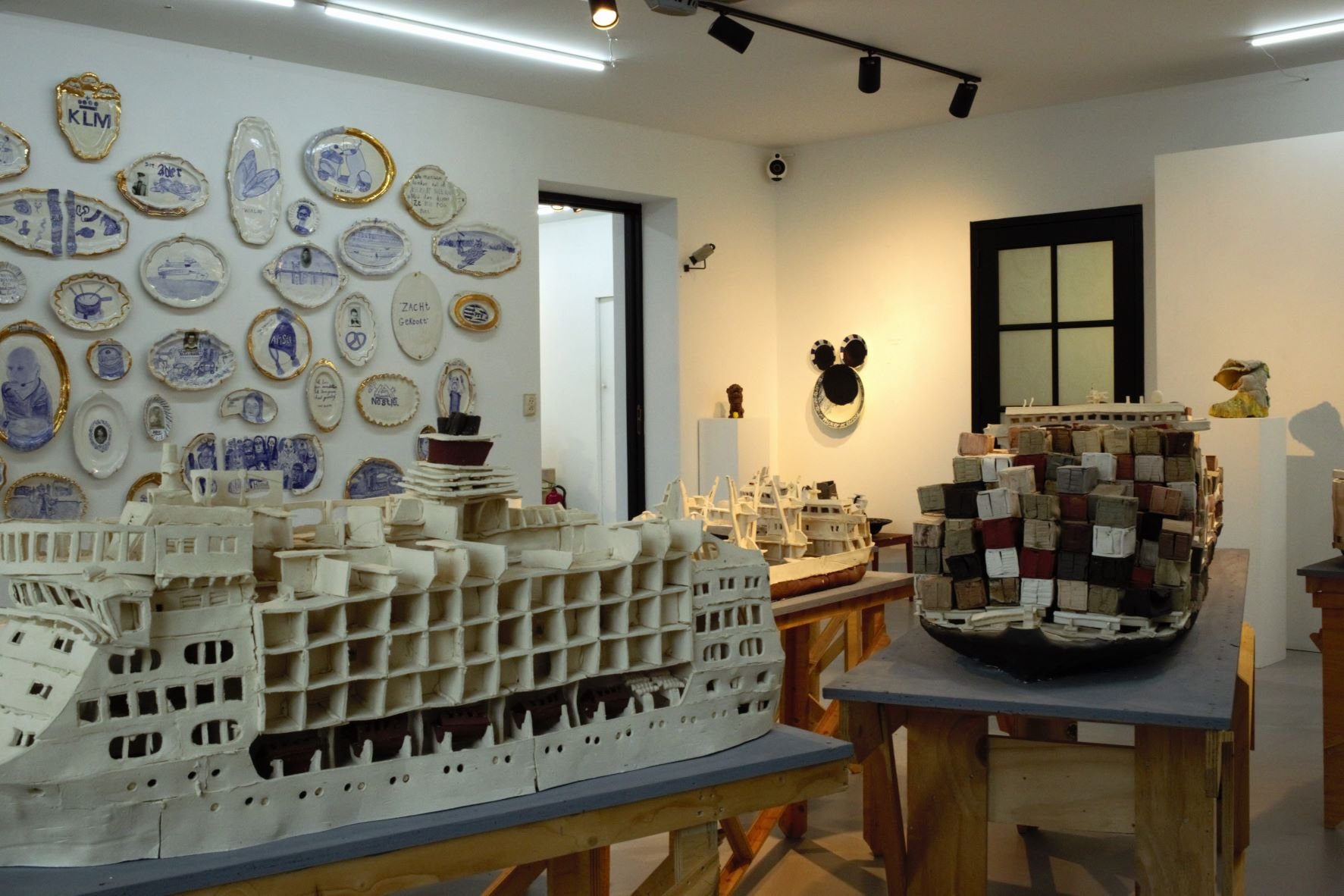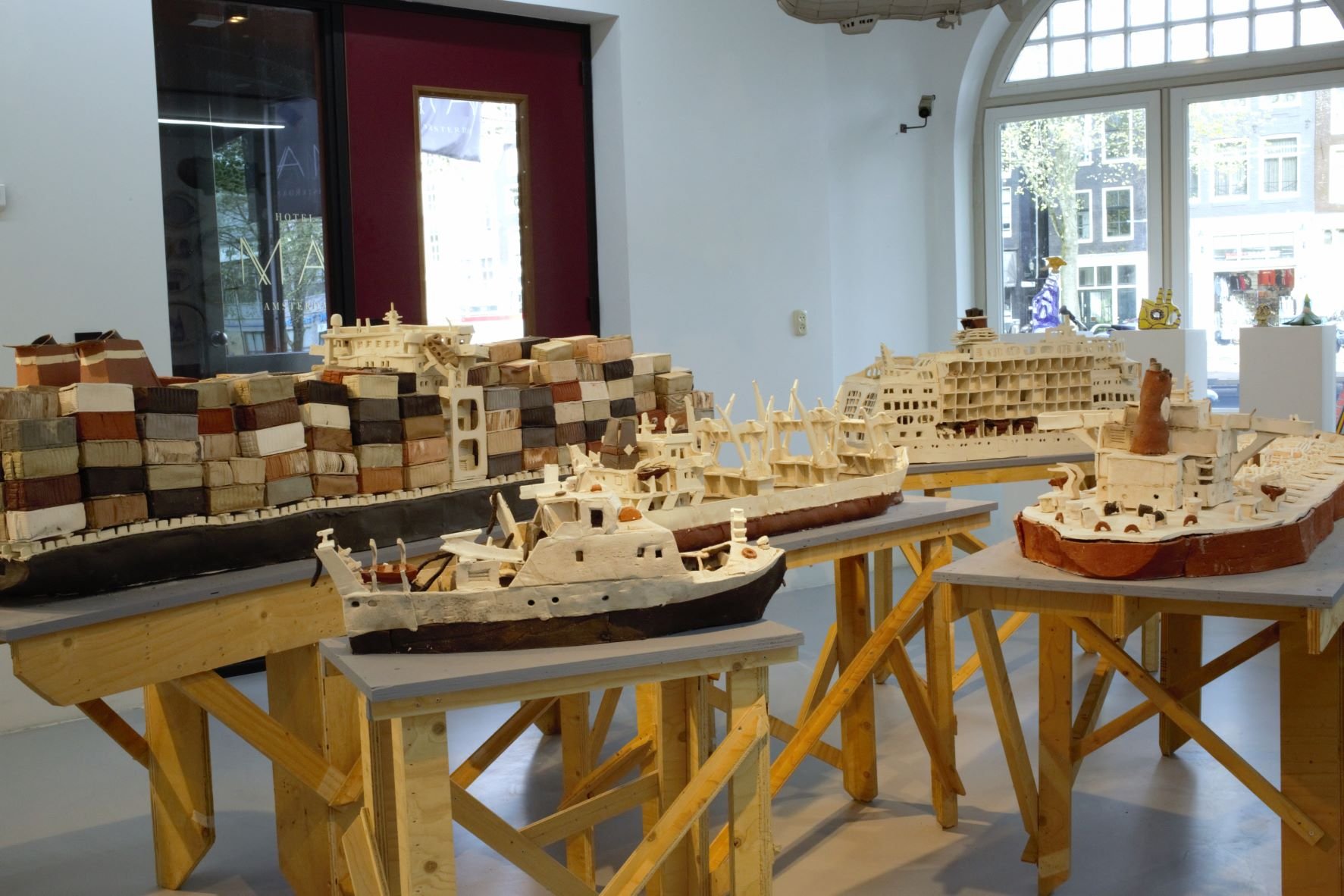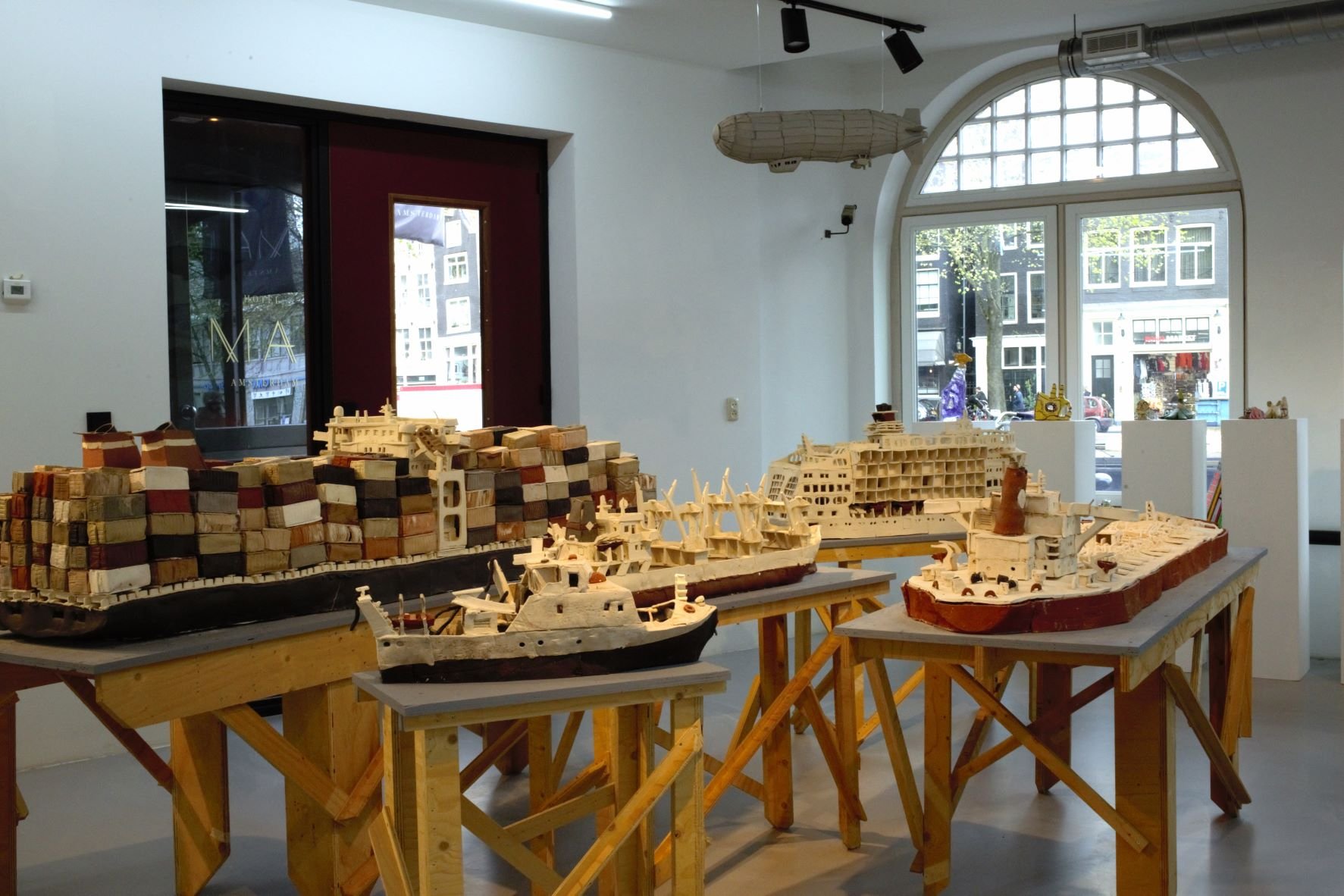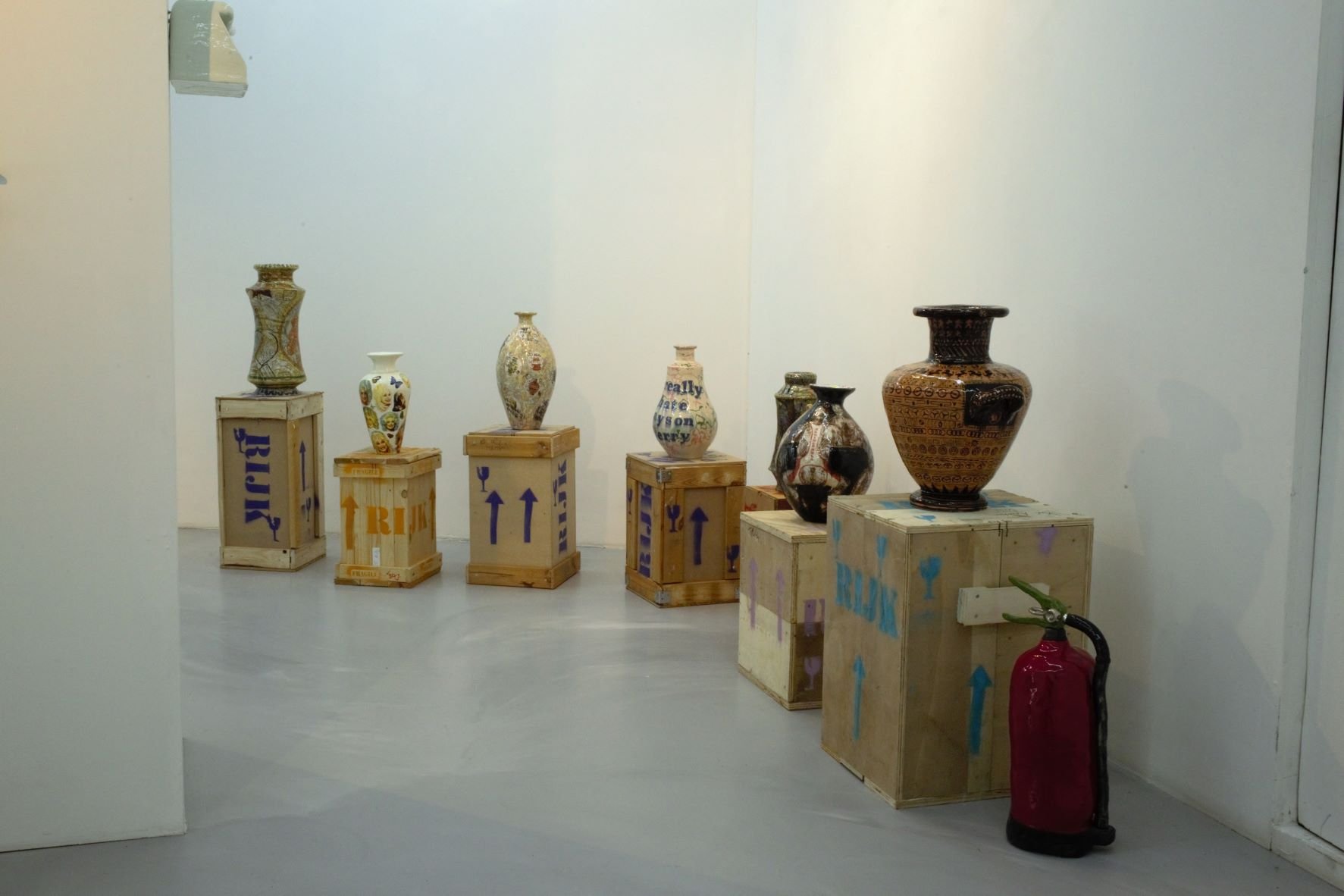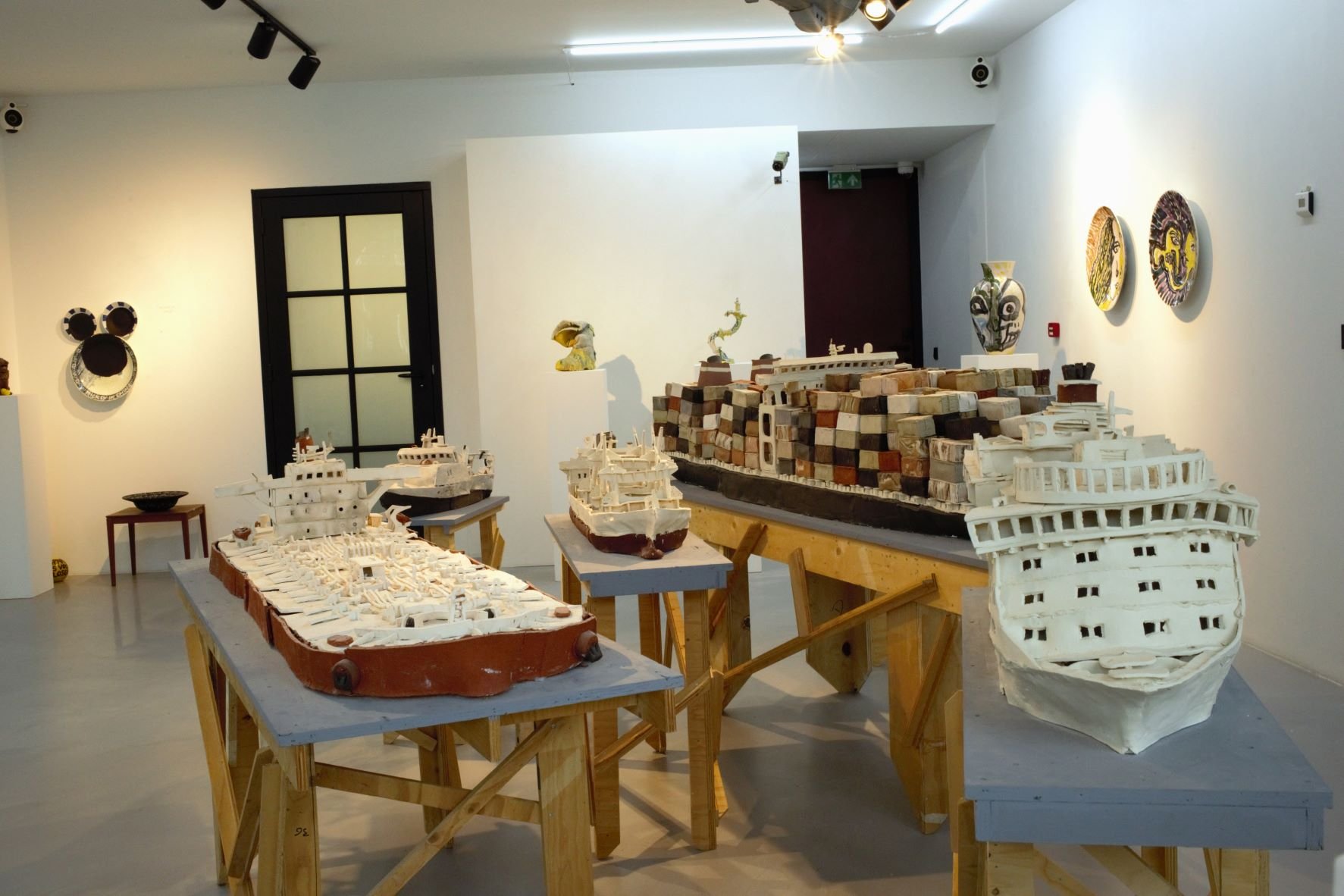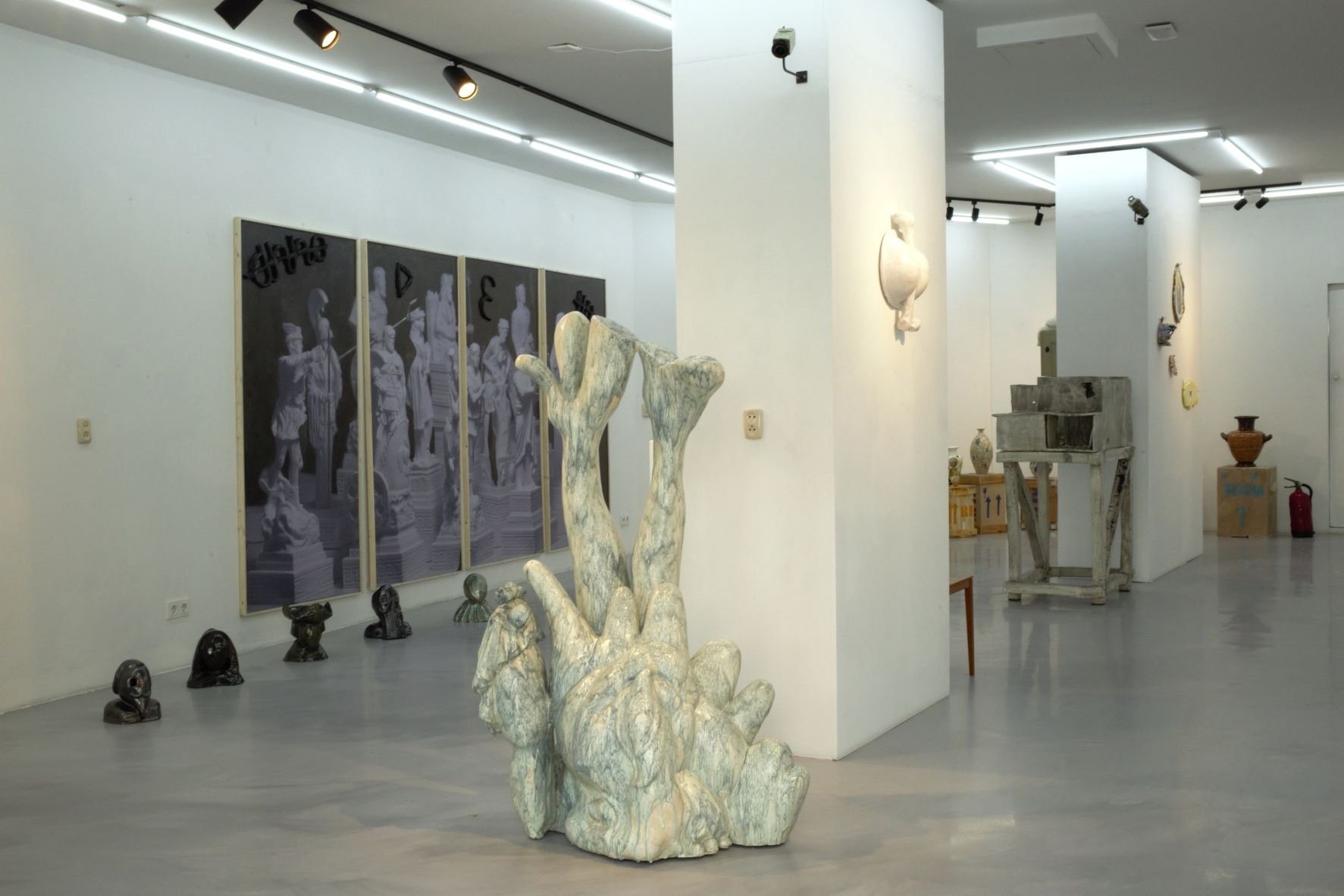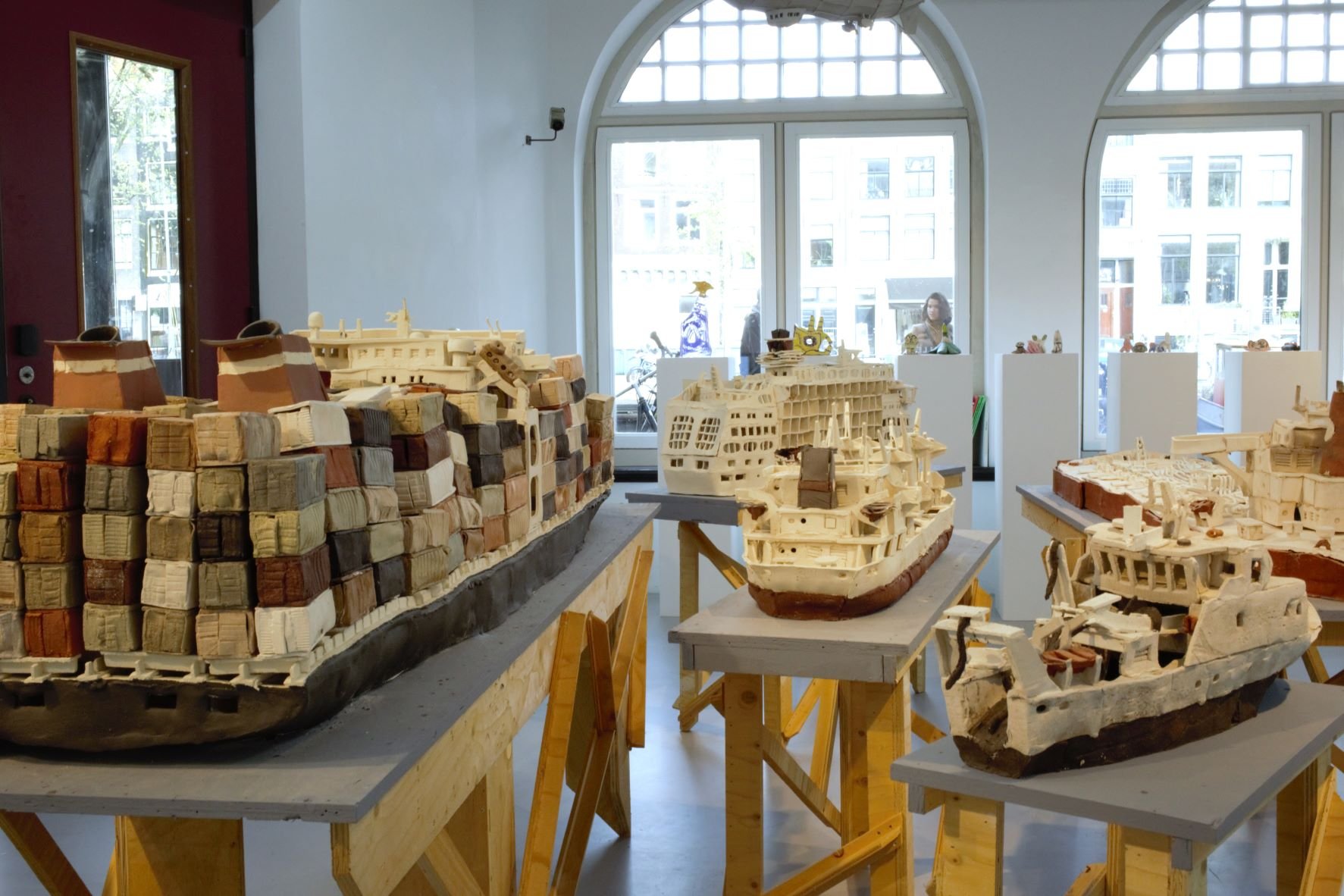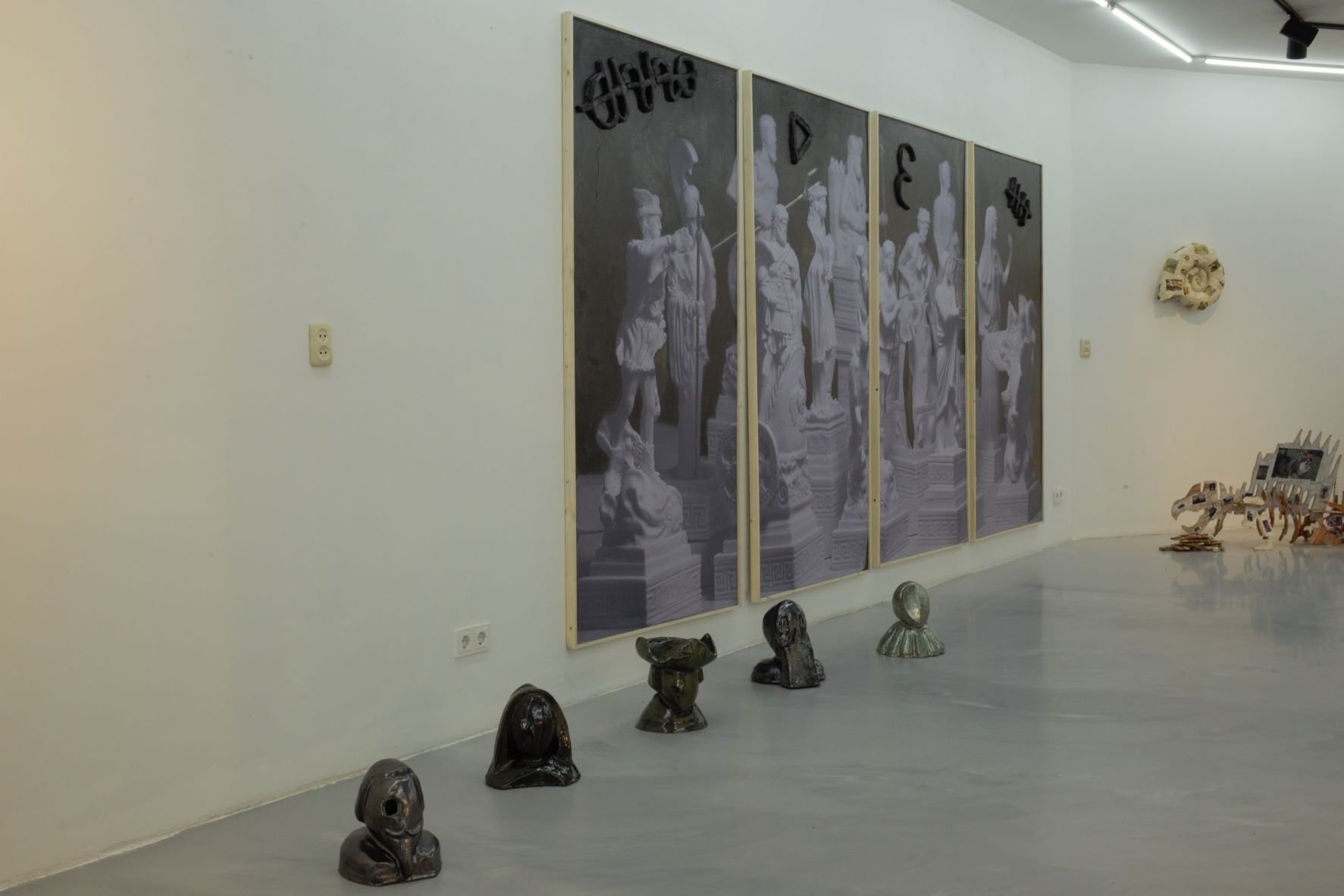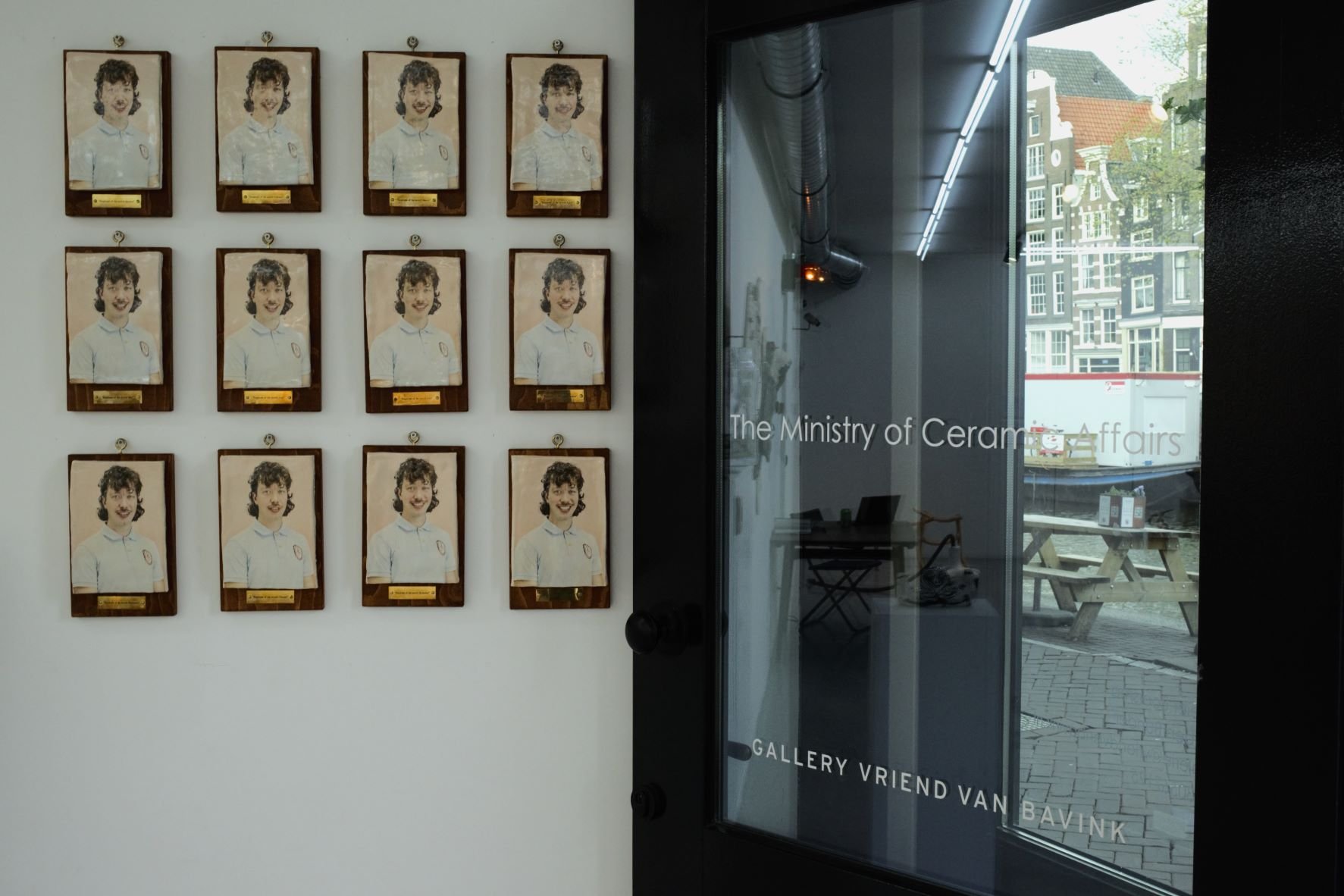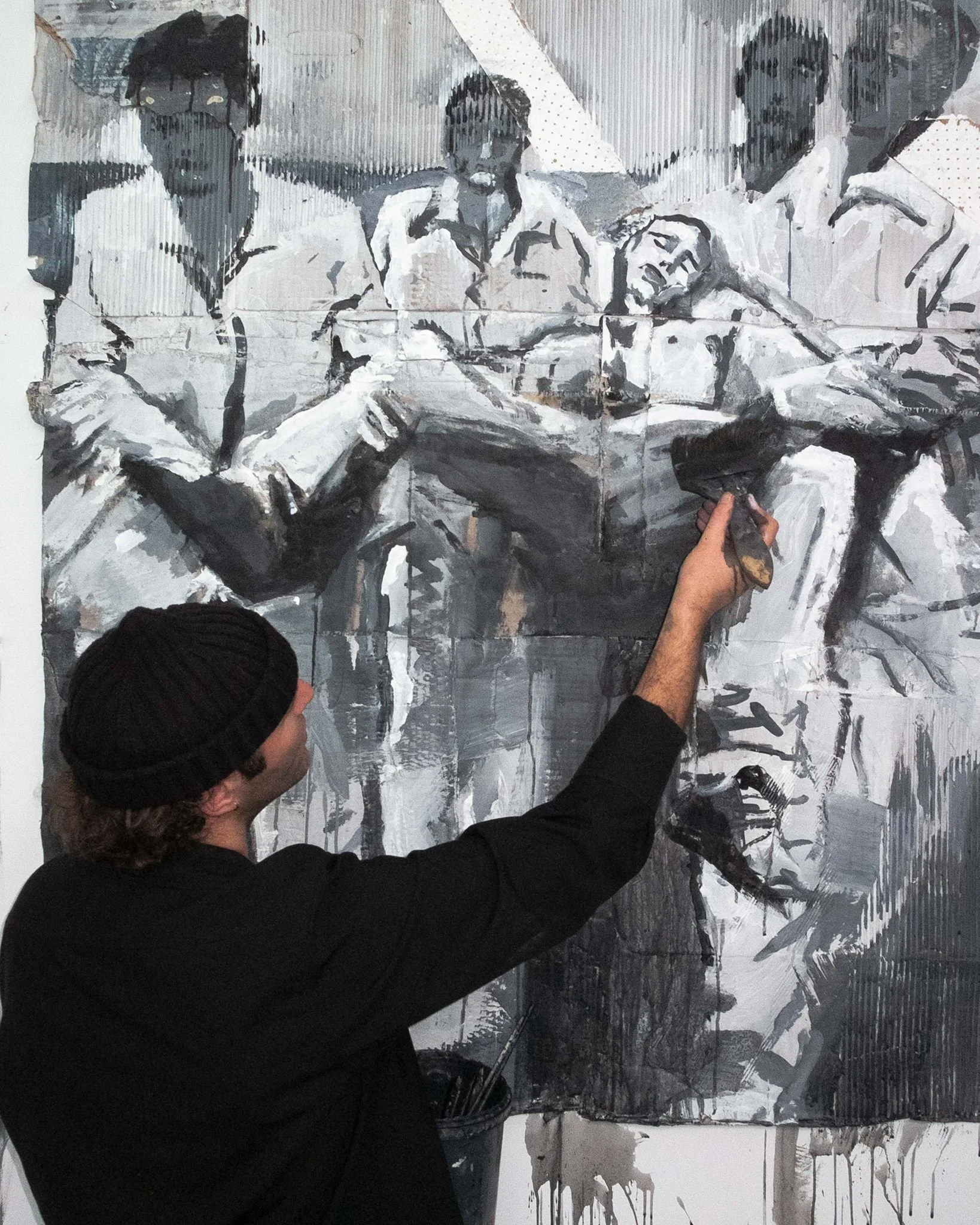
Celine van den Boorn - Present Absence
Celine van den Boorn – ‘Present Absence’
31 october 2025 – 10 january 2026
Opening on Friday October 31st 16:00
Gallery Vriend van Bavink
Oosterdokskade 243
Gallery Vriend van Bavink presents ‘Present Absence’, a solo exhibition by Celine van den Boorn.
Celine van den Boorn uses acrylics to paint away human presence in contemporary imagery. In a new body of work, Celine van den Boorn focuses on tourists and refugees, using press photographs as a starting point.
By painting away both sunbathing tourists on crowded beaches and migrants adrift at sea or waiting in camps, Van den Boorn exposes the unsettling irony between two opposing journeys. One journey is taken in search of leisure, the other out of sheer necessity. She paints away the human presence until only a neutral, unburdened landscape remains, leaving behind landscapes that are visually serene yet haunted by what is no longer seen.
For the exhibition ‘Present Absence’, Celine van den Boorn uses new techniques integrated into her existing practice. By placing painted glass in front of the images she creates layered compositions in which the original subjects remain faintly visible: in other works she shows muted silhouettes or brightly coloured fragments that are left intentionally untouched. This interplay between what is shown and what is concealed uncovers a deeper layer: the blurred boundary between what is real and what we prefer to see. Her work evokes a quiet tension between the contemporary and the timeless, between the untouched landscape and the traces of human presence and tragedy.
Celine van den Boorn (1978) has exhibited her work in museums, galleries, and art fairs such as Singer Laren, Fries Museum, Schunck, Art Rotterdam, and Gallery Vriend van Bavink. Her work is included in different corporate and museum collections.
Celine van den Boorn, We were here, 2025, Acrylic on photo, 110 x 160 cm.
Celine van den Boorn, On the border of hope , 2025, Acrylic on photo, 80 x 120 cm.
Celine van den Boorn, Freedom, 2025, Acrylic on photo , 80 x 120 cm.
Installation view: Celine van den Boorn, Present Absence, Gallery Vriend van Bavink, 2025





